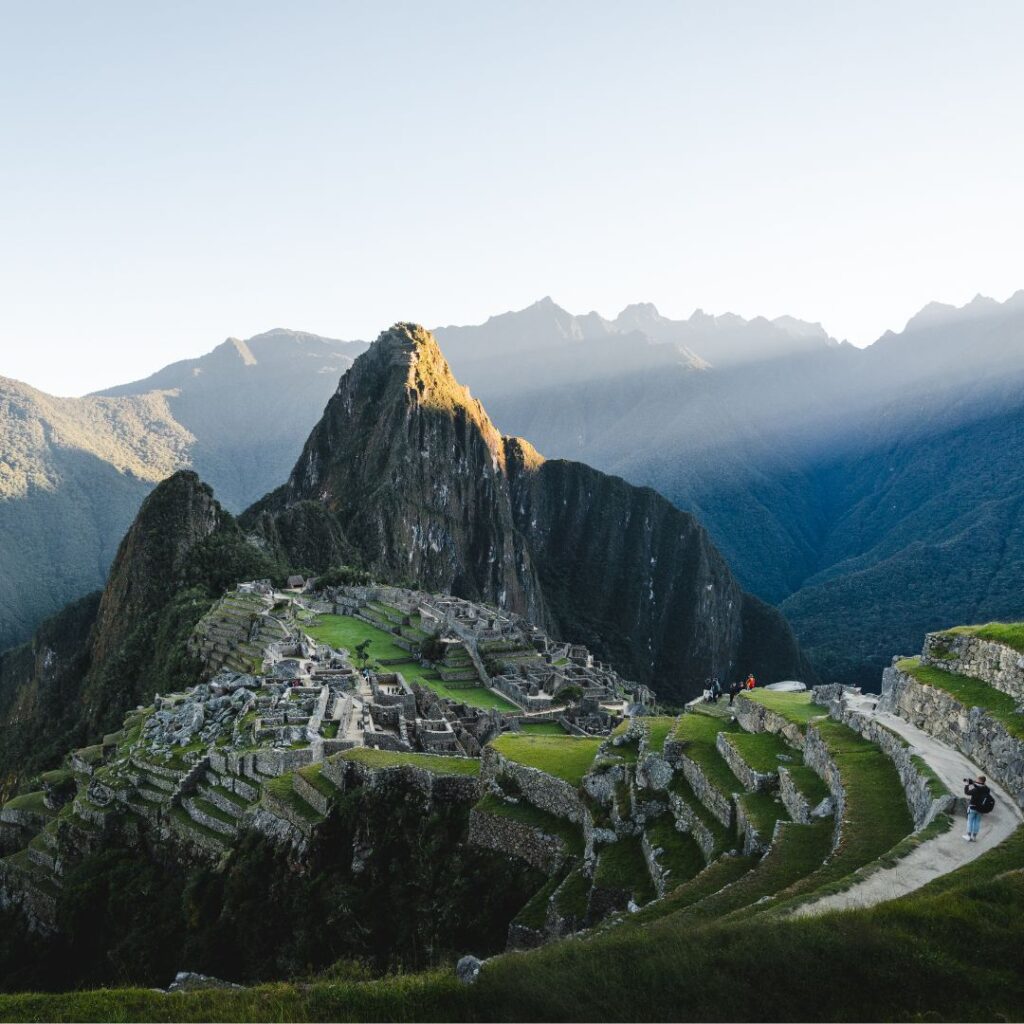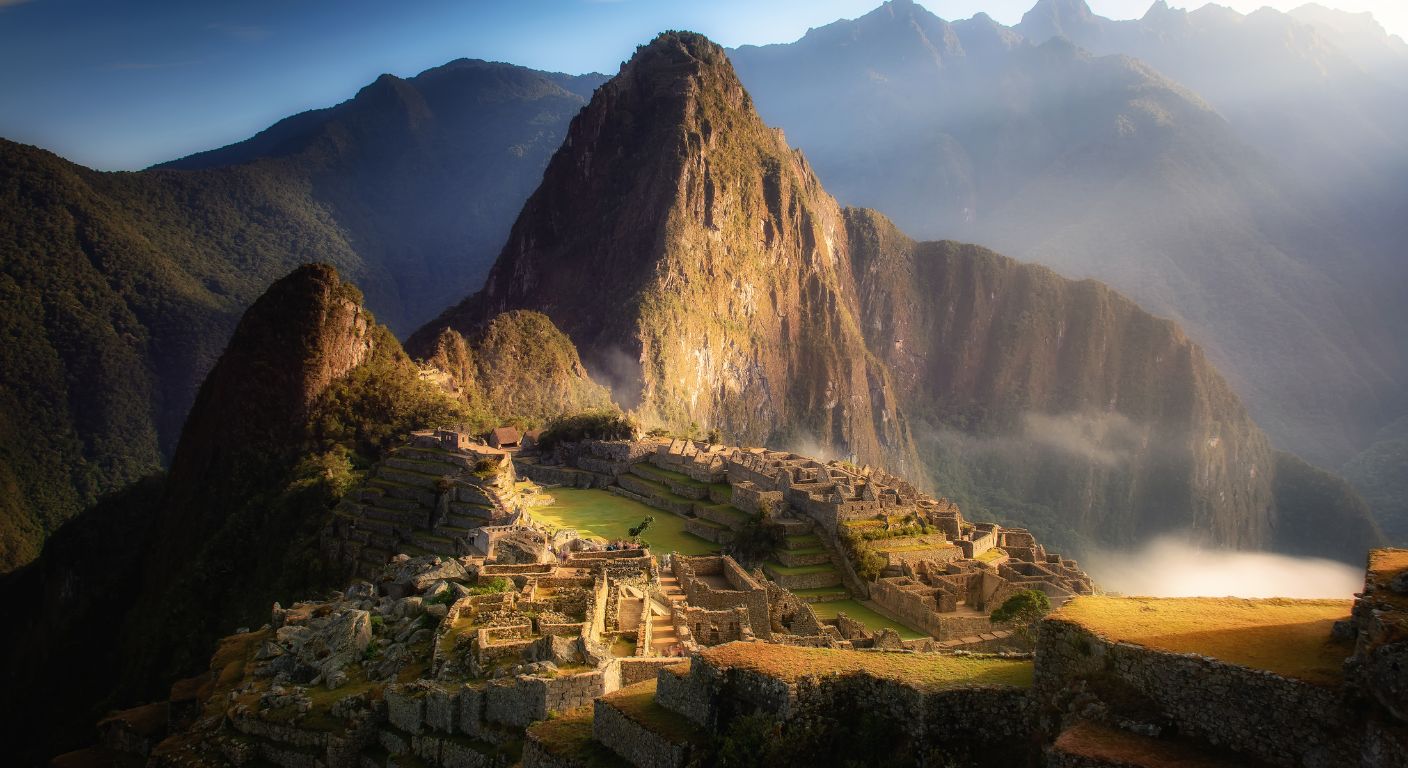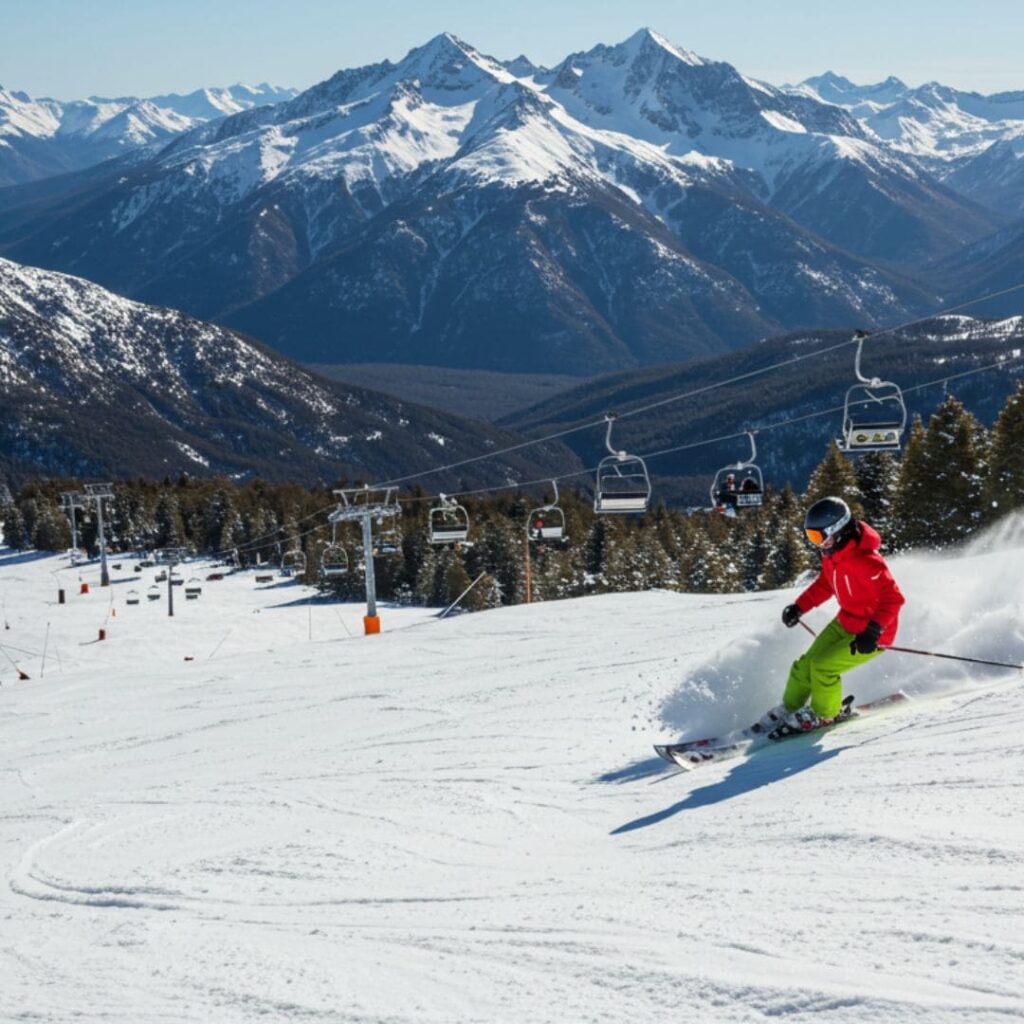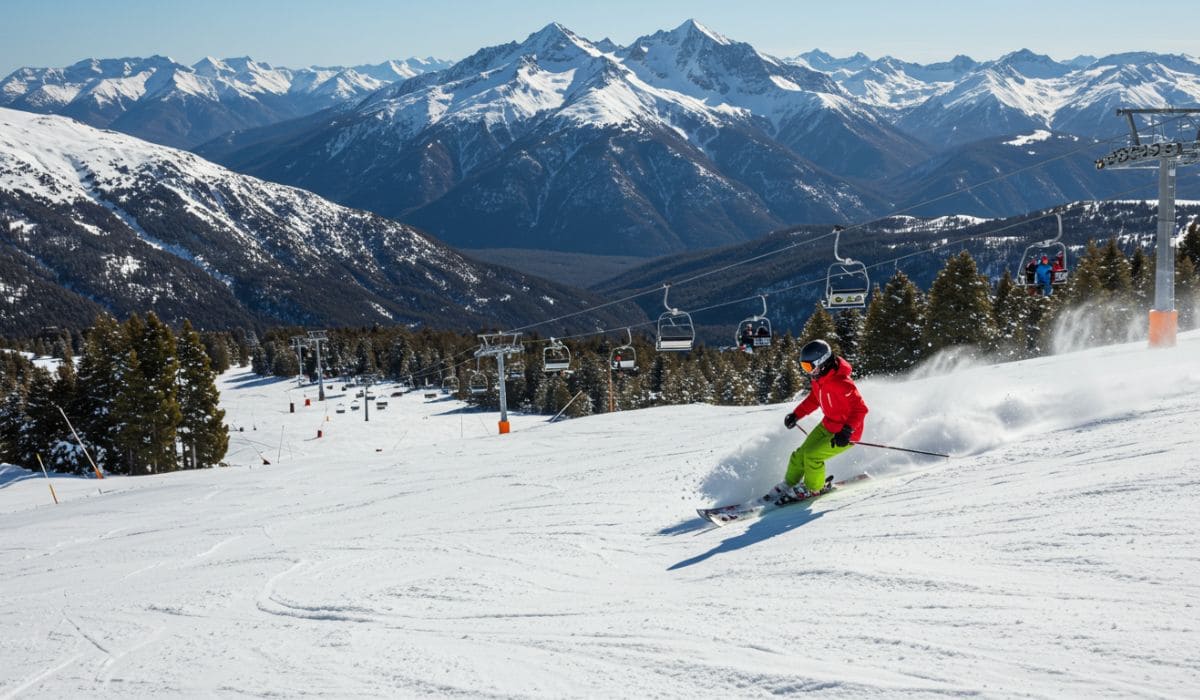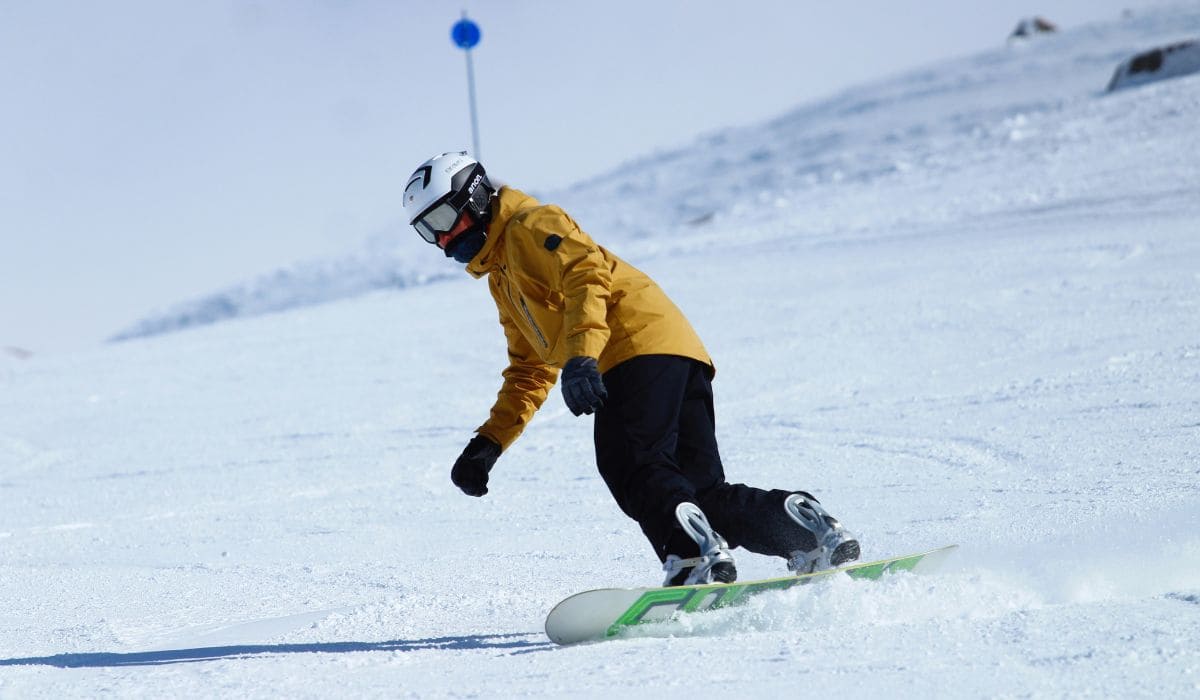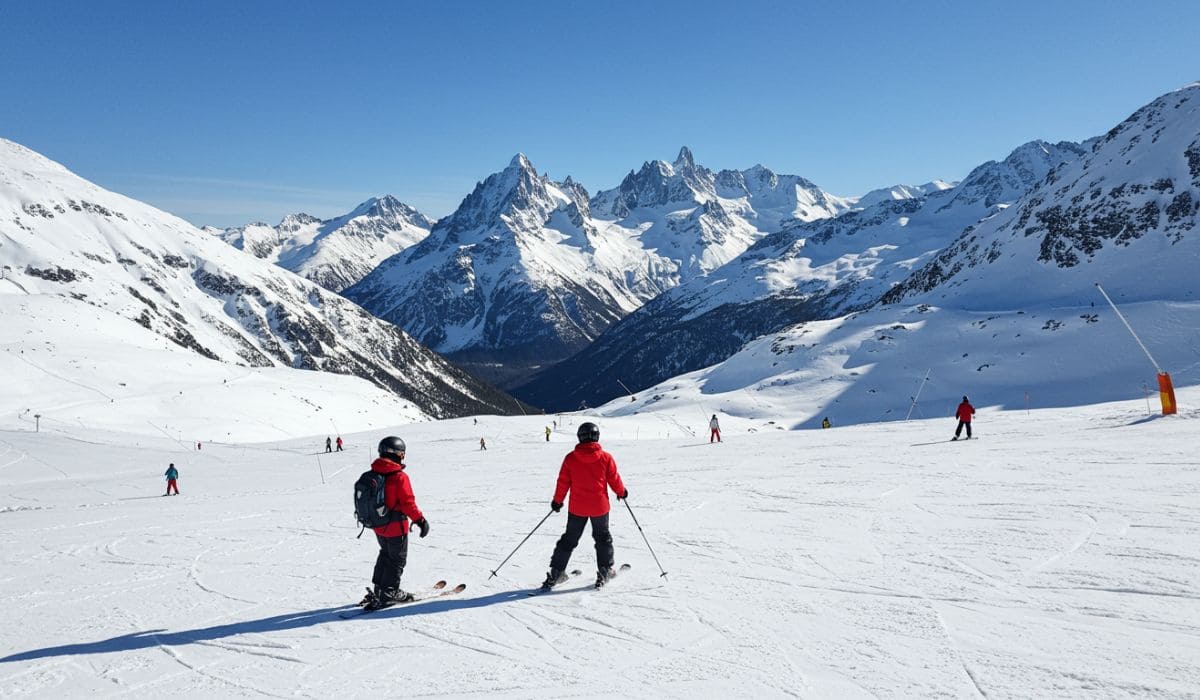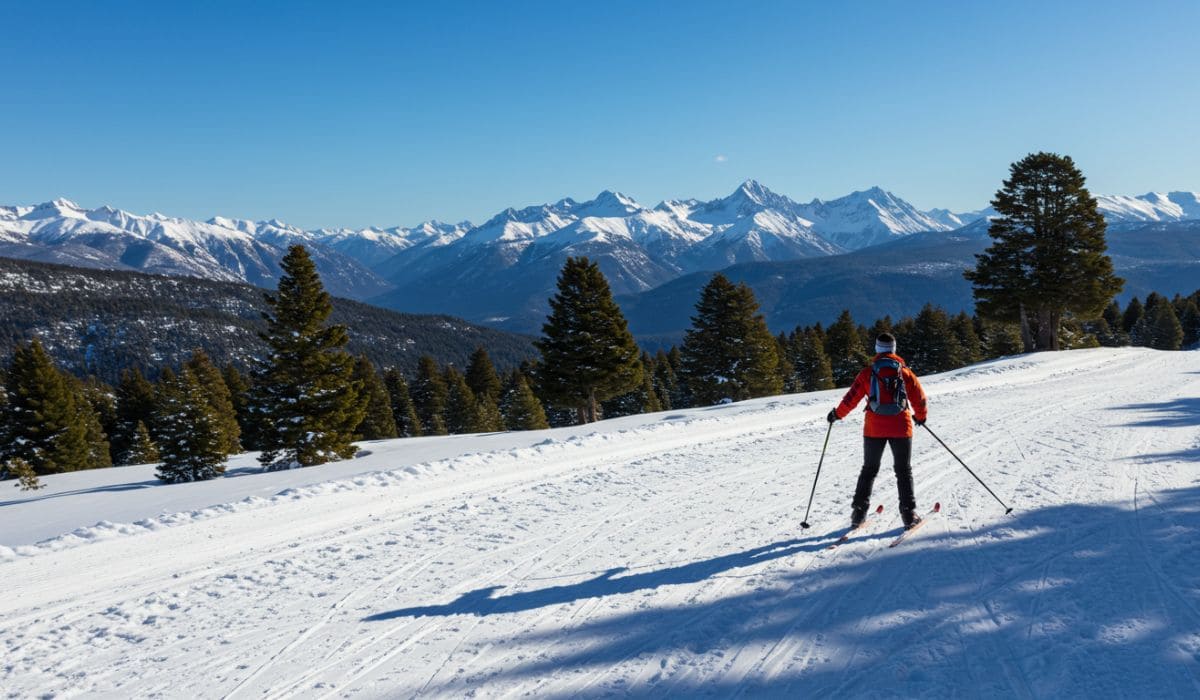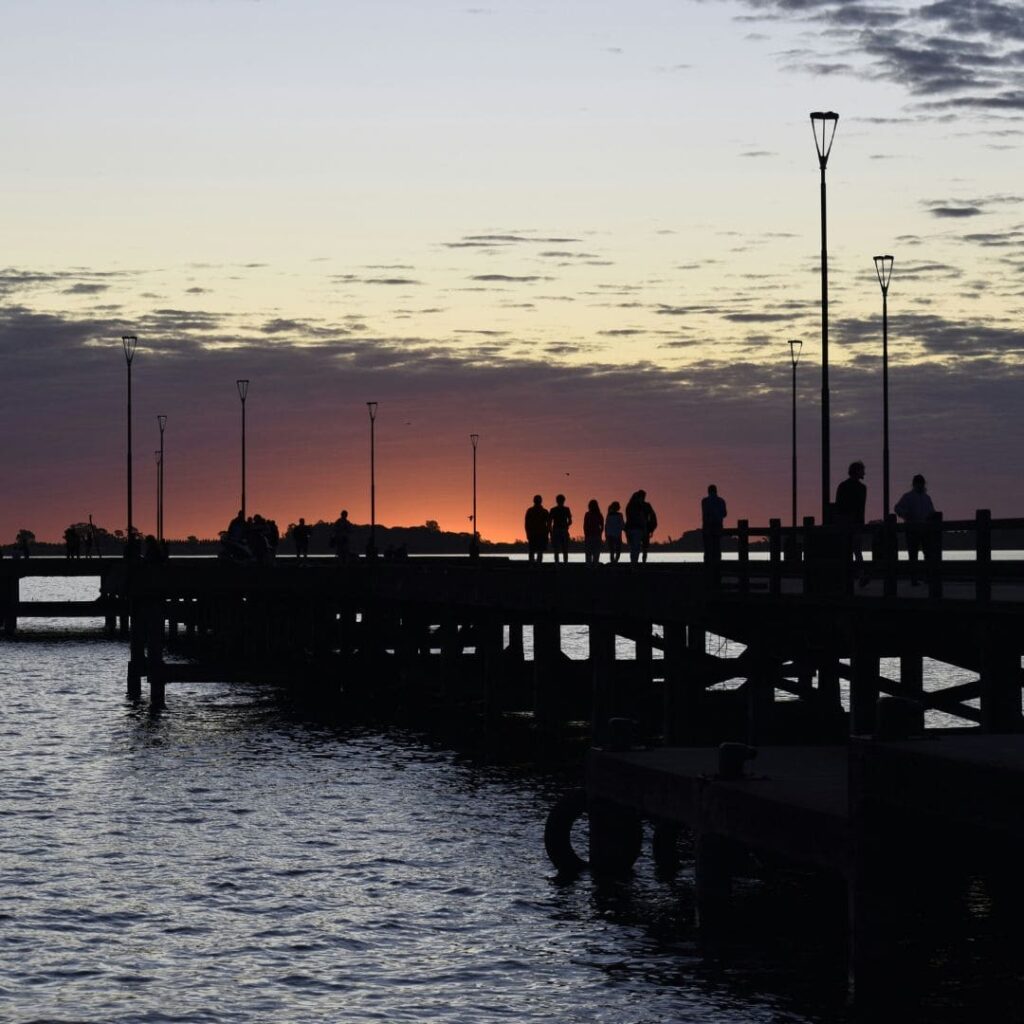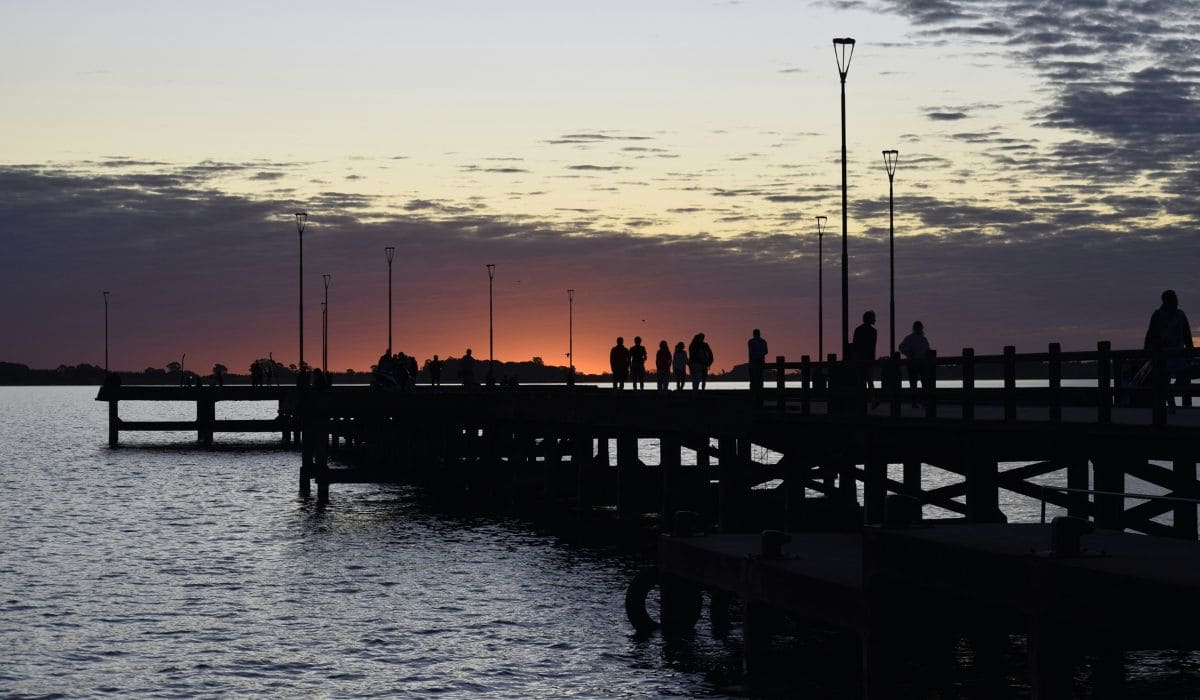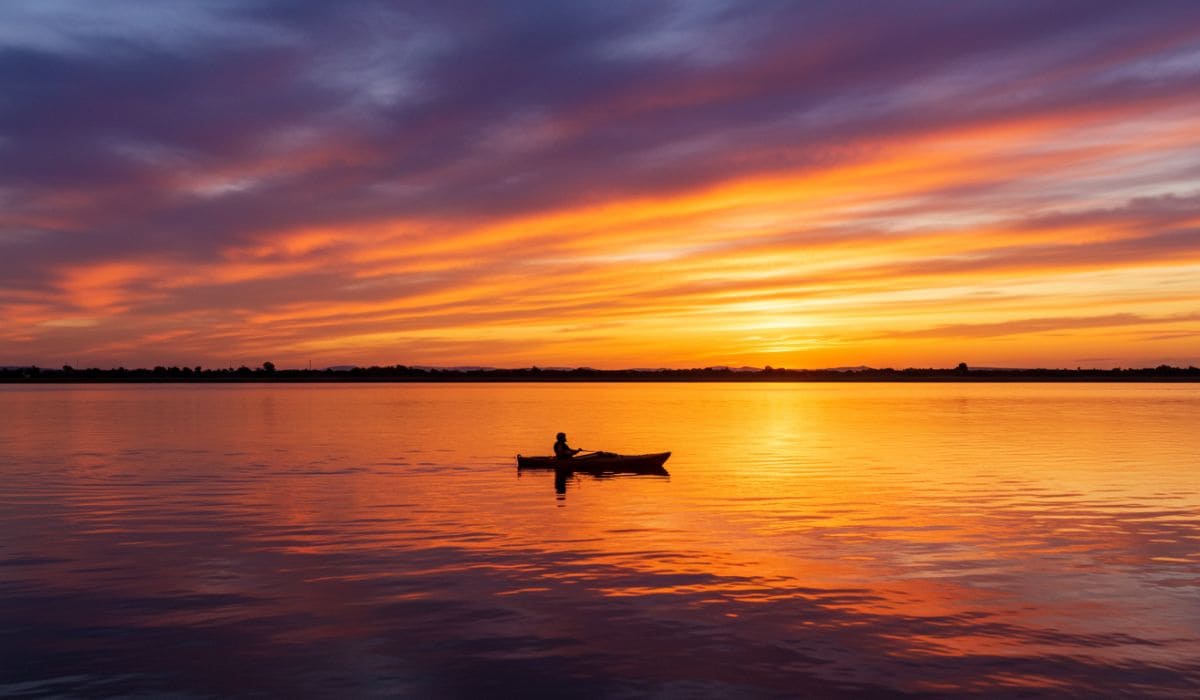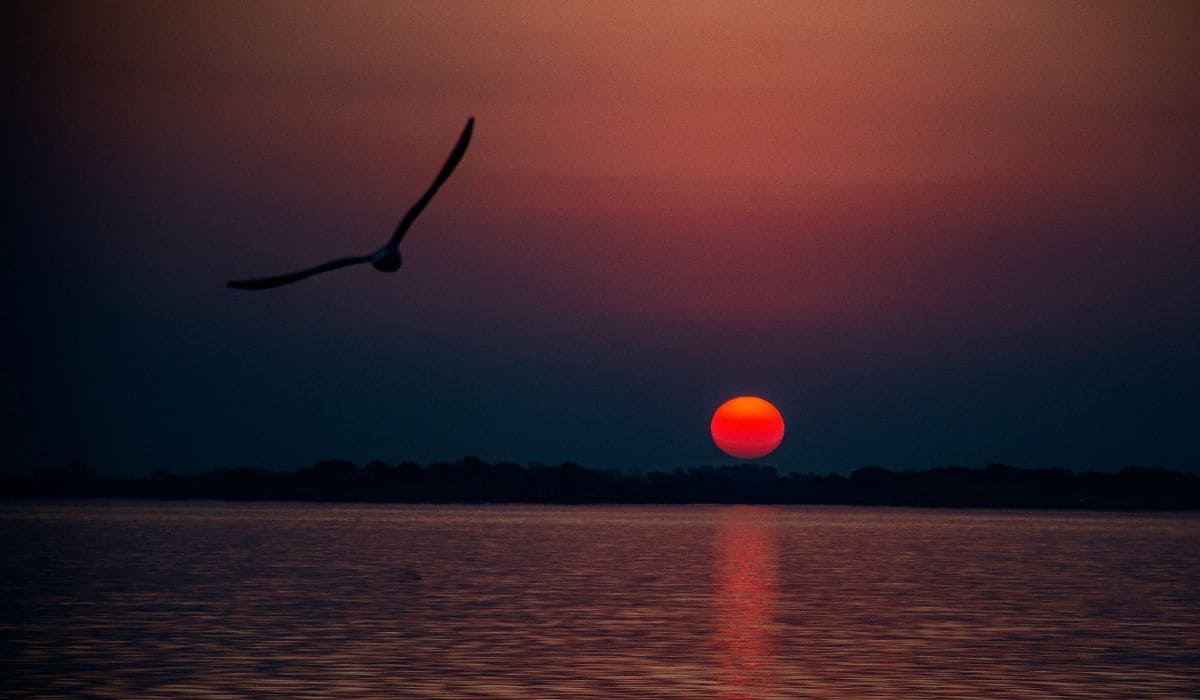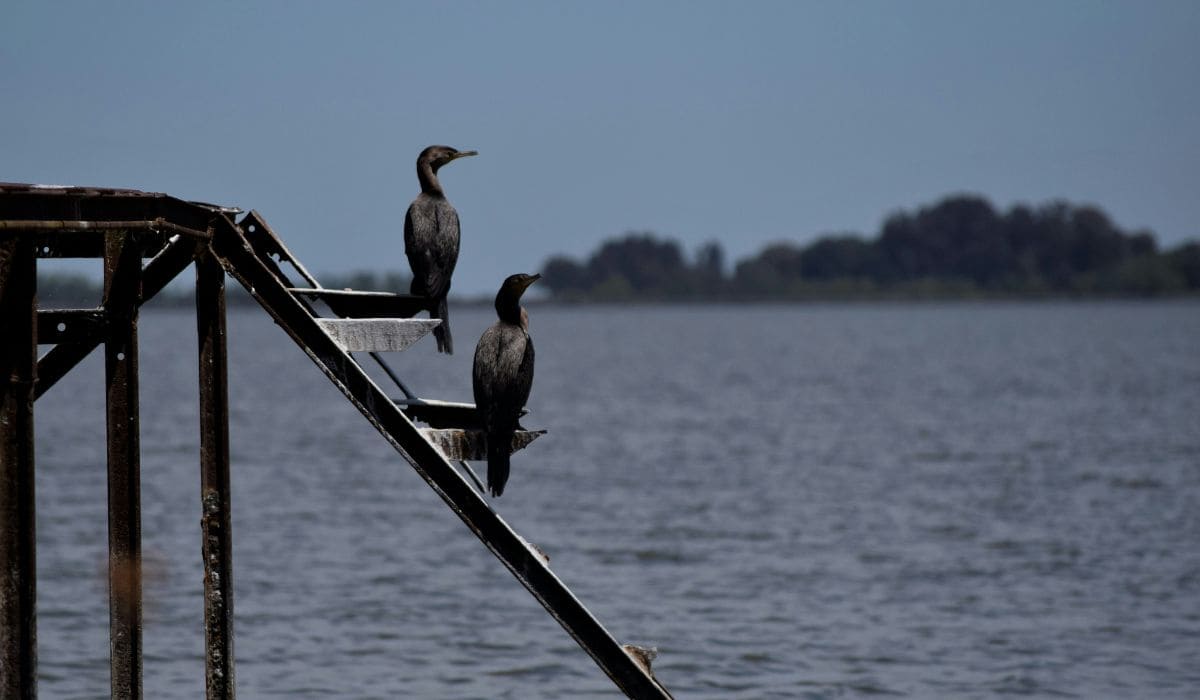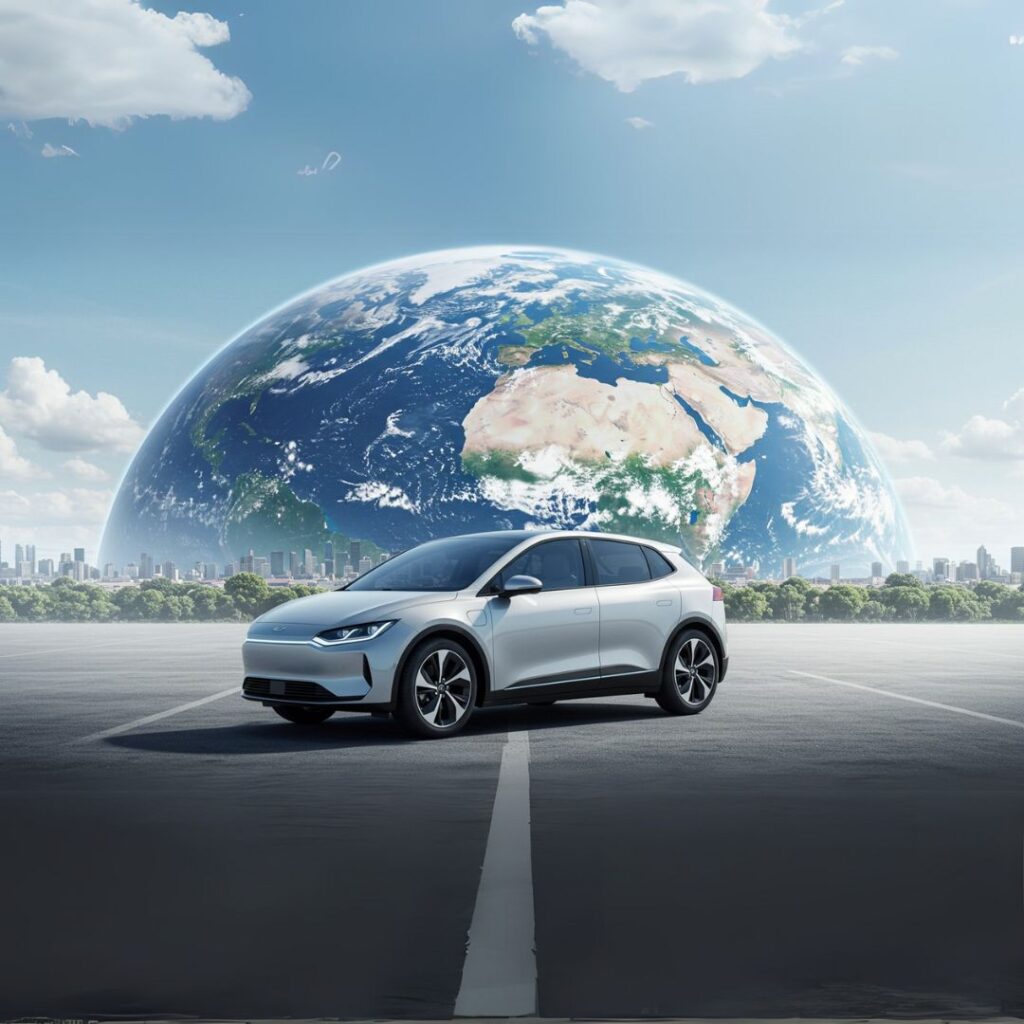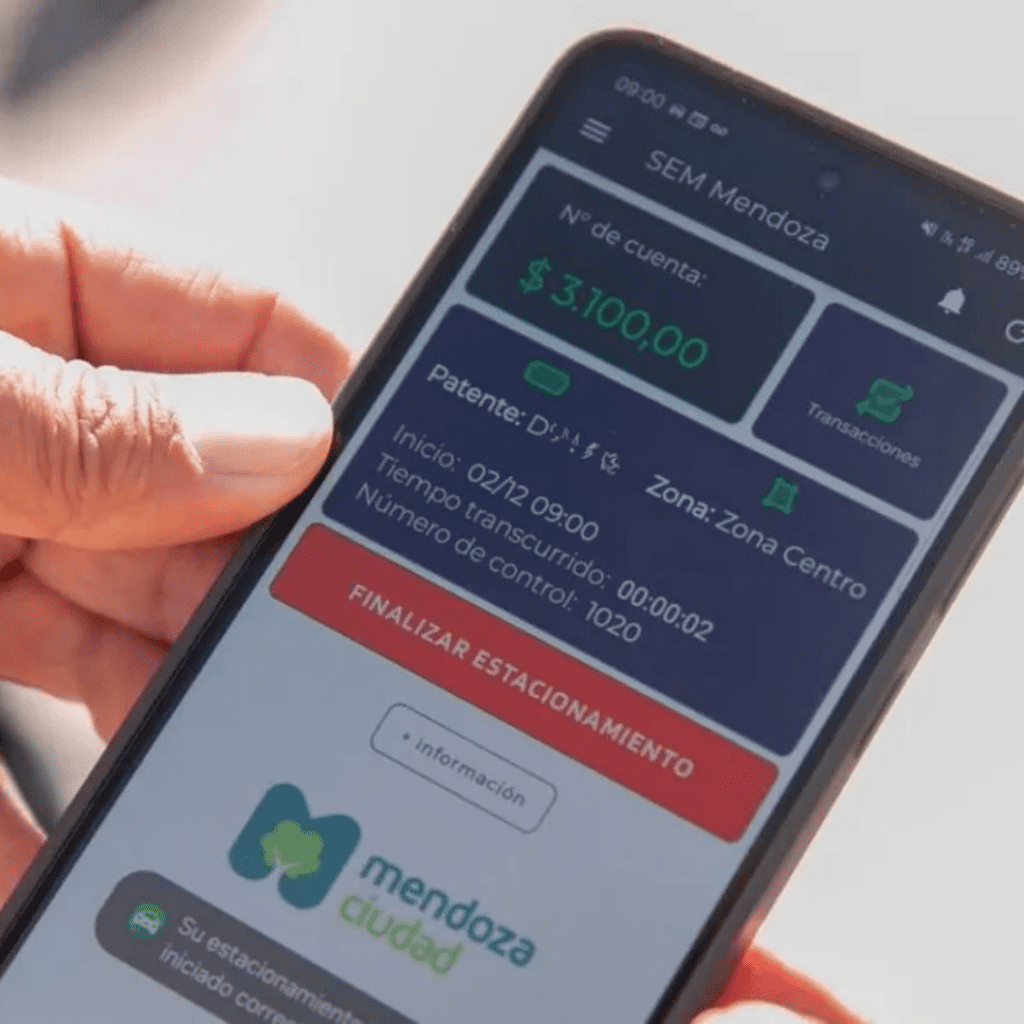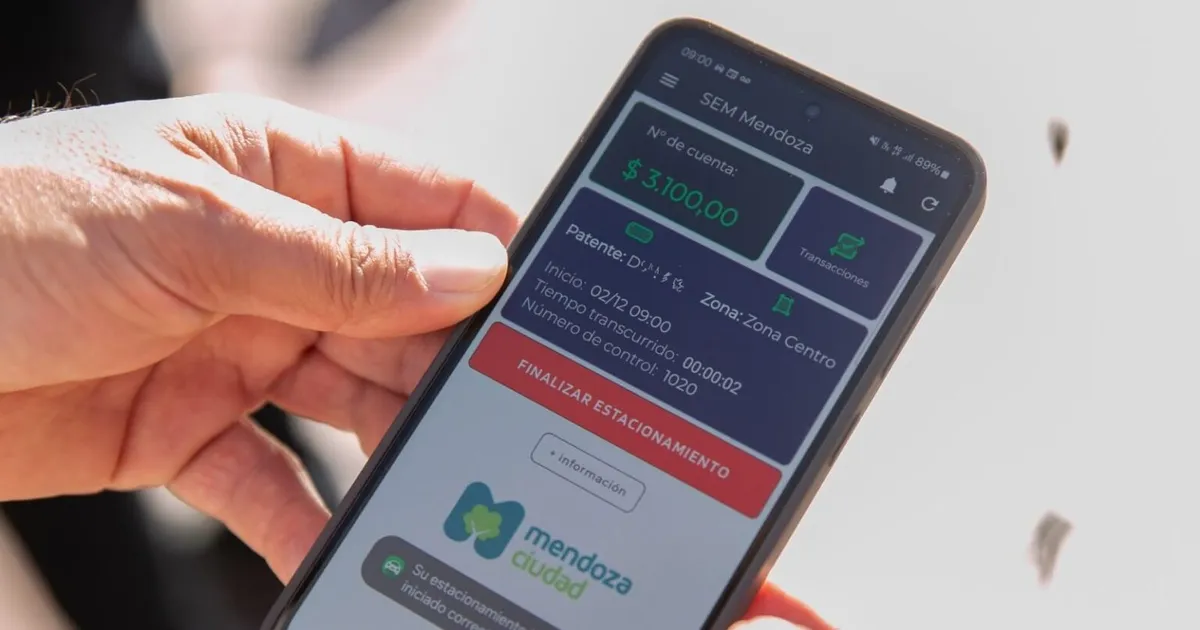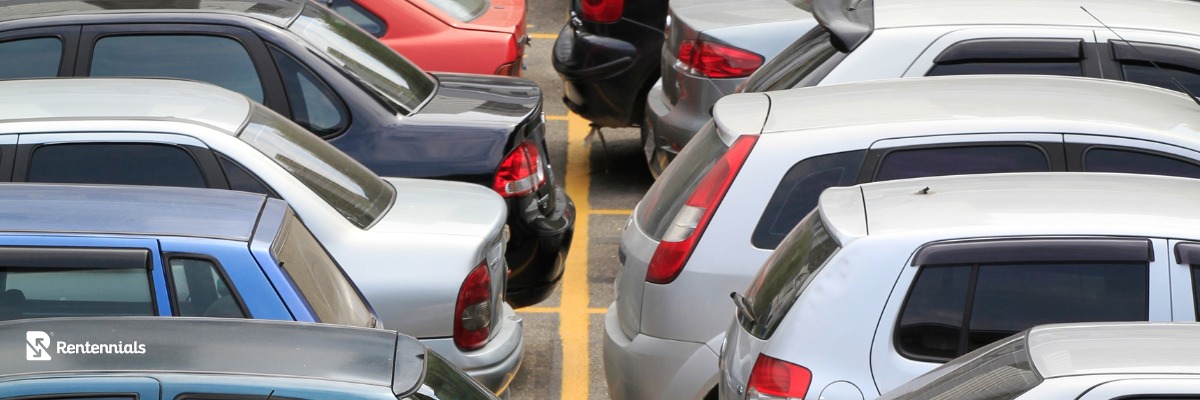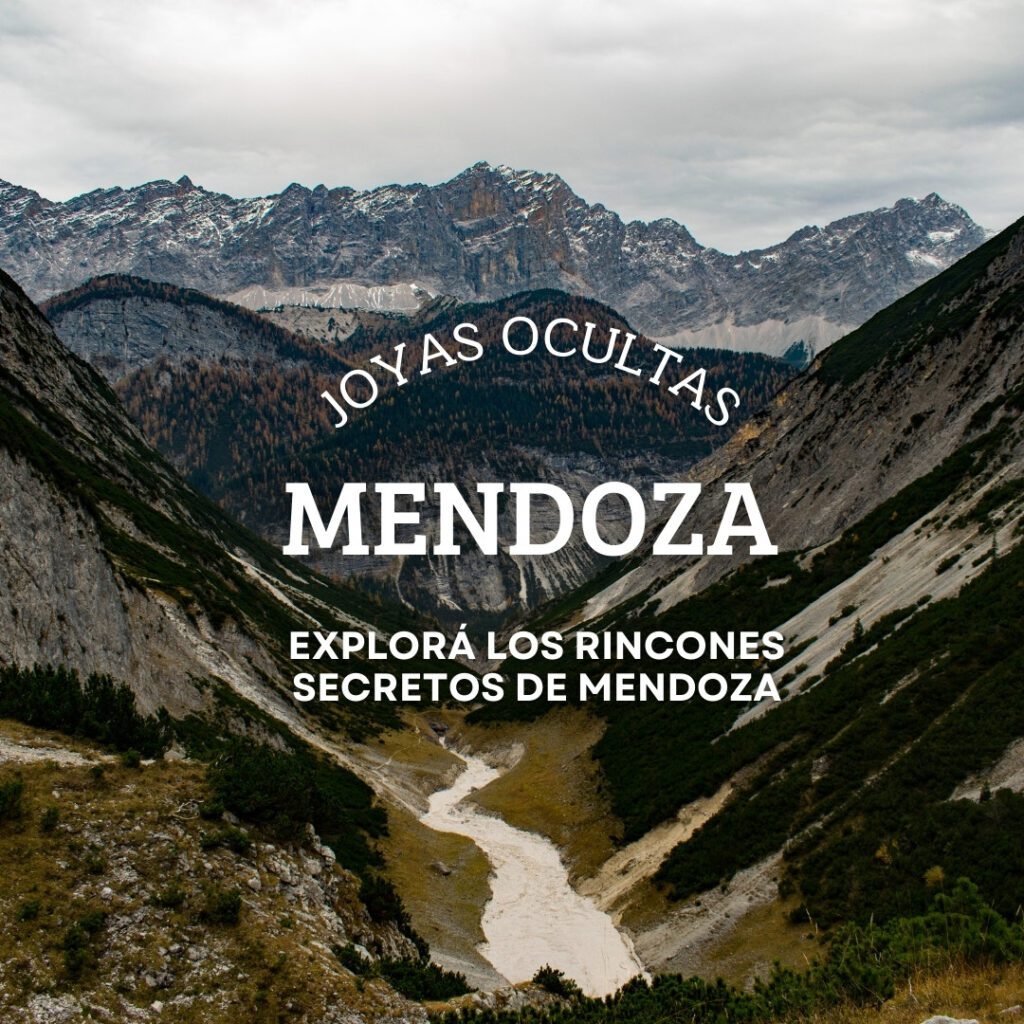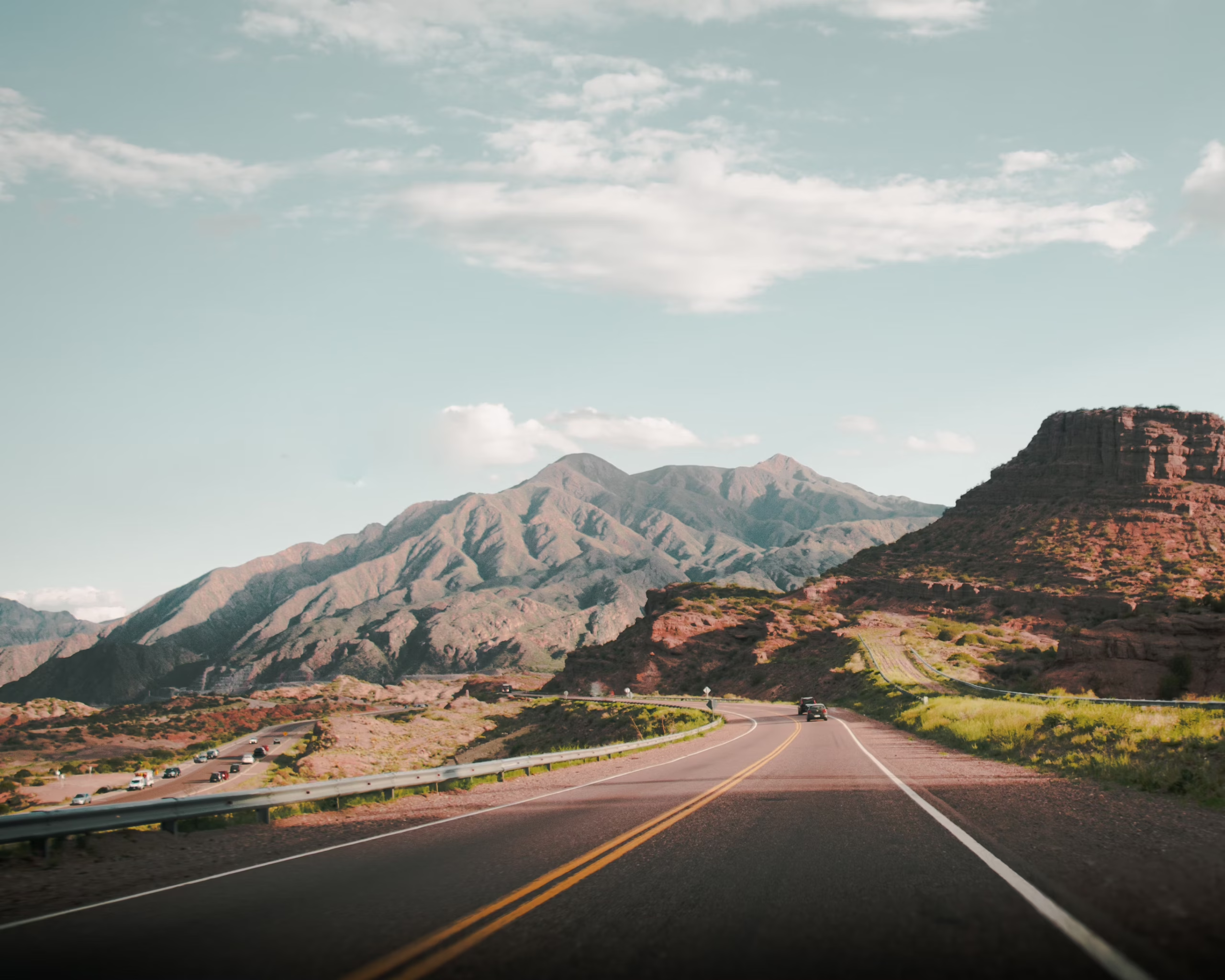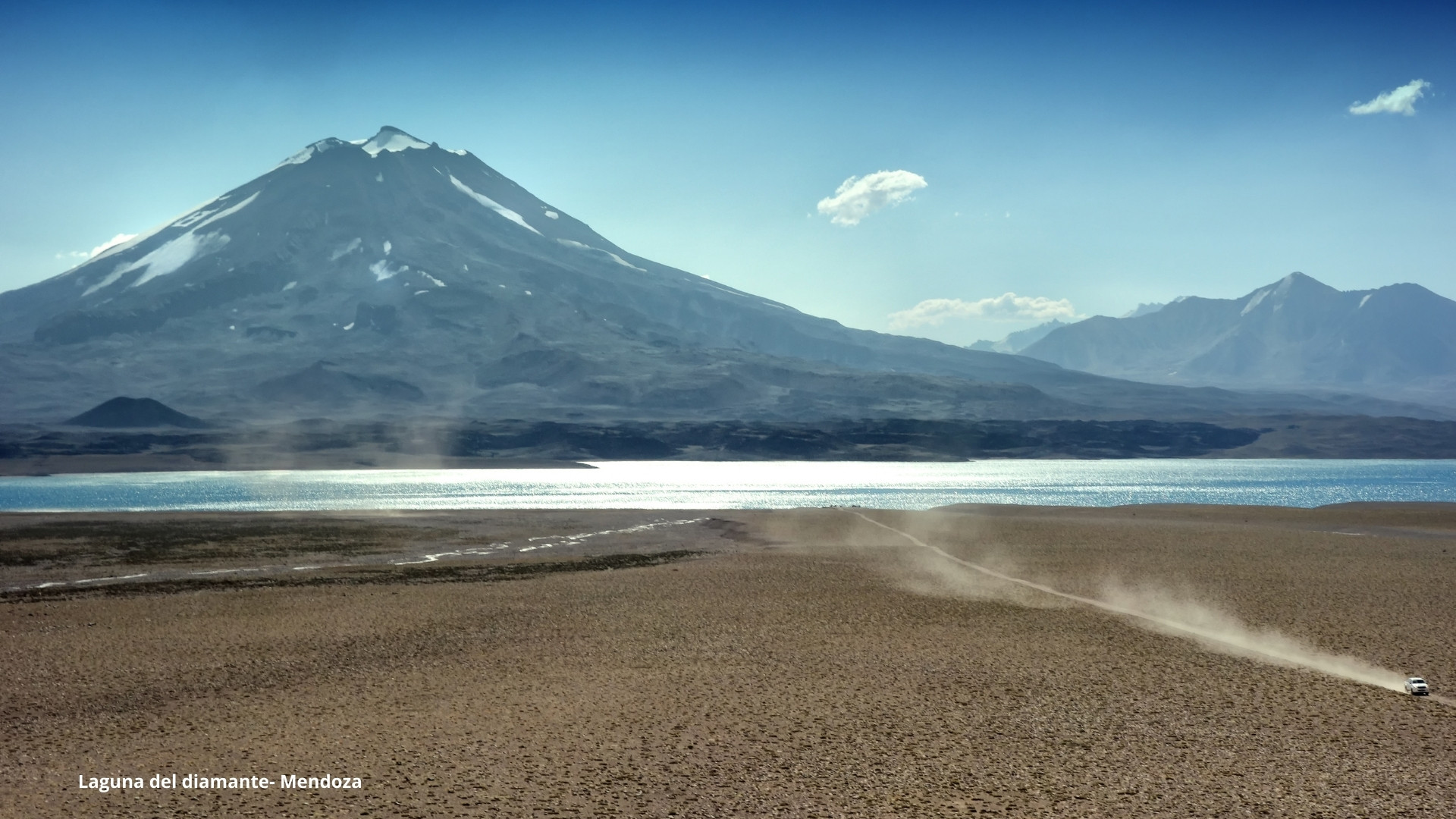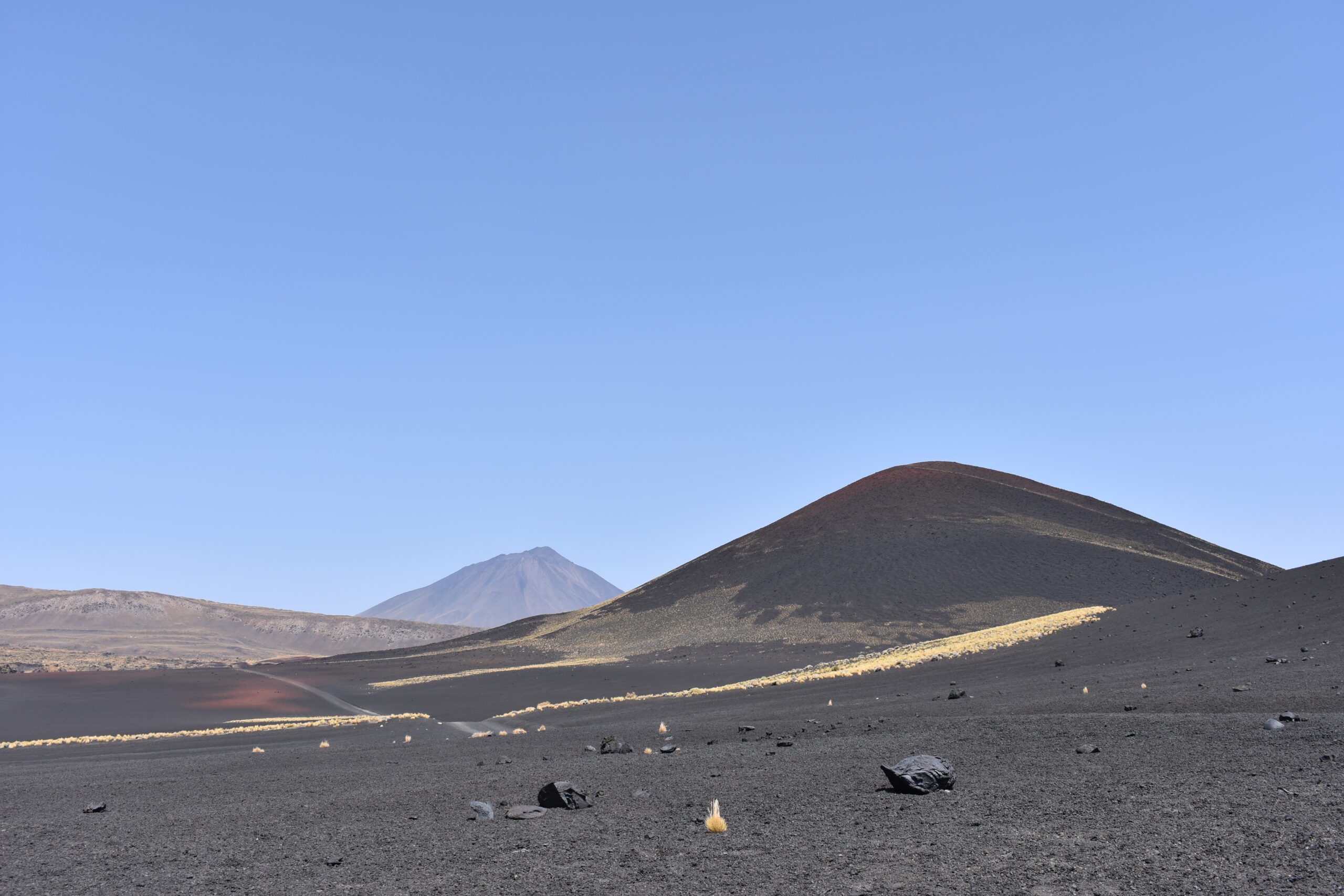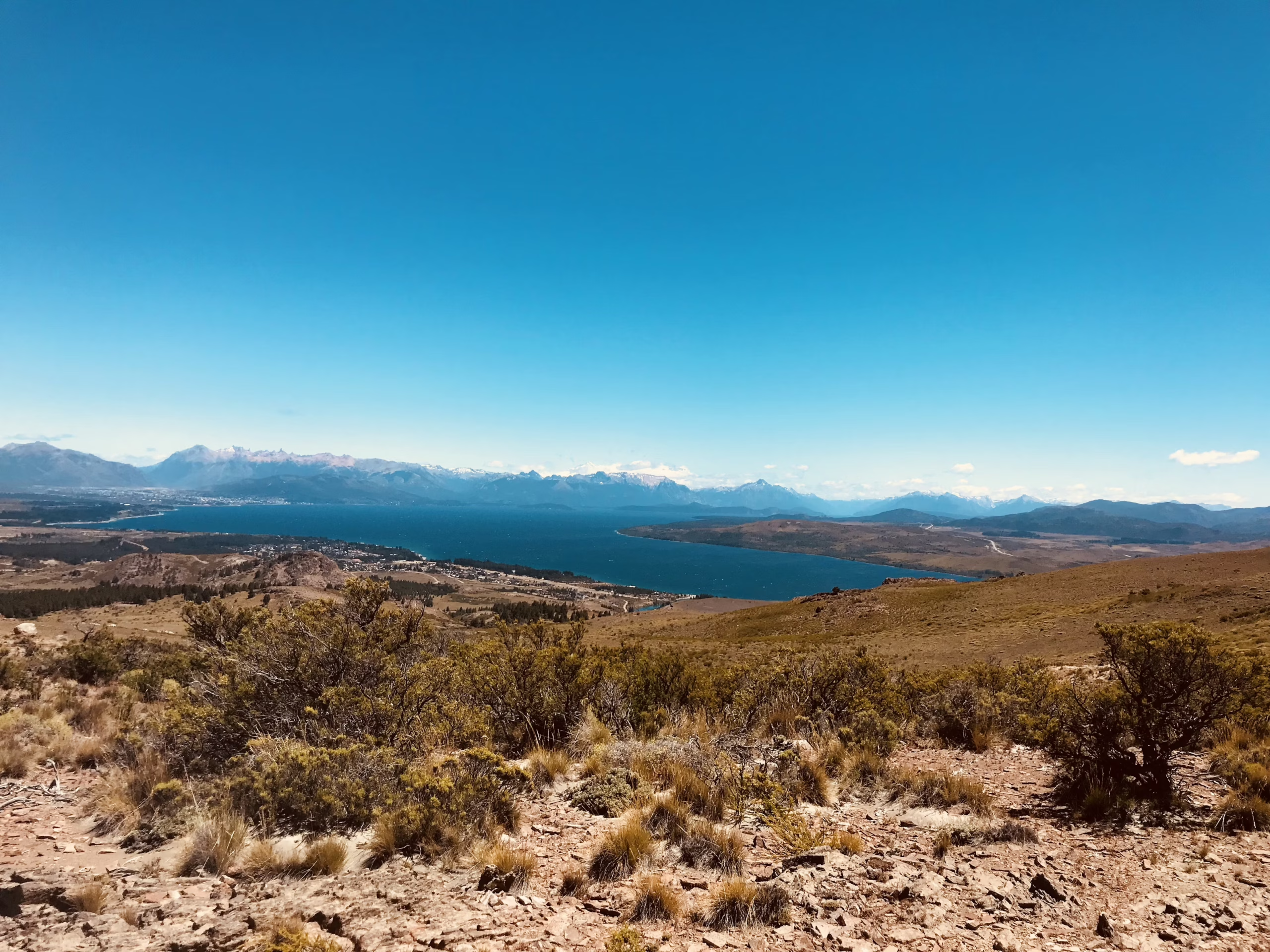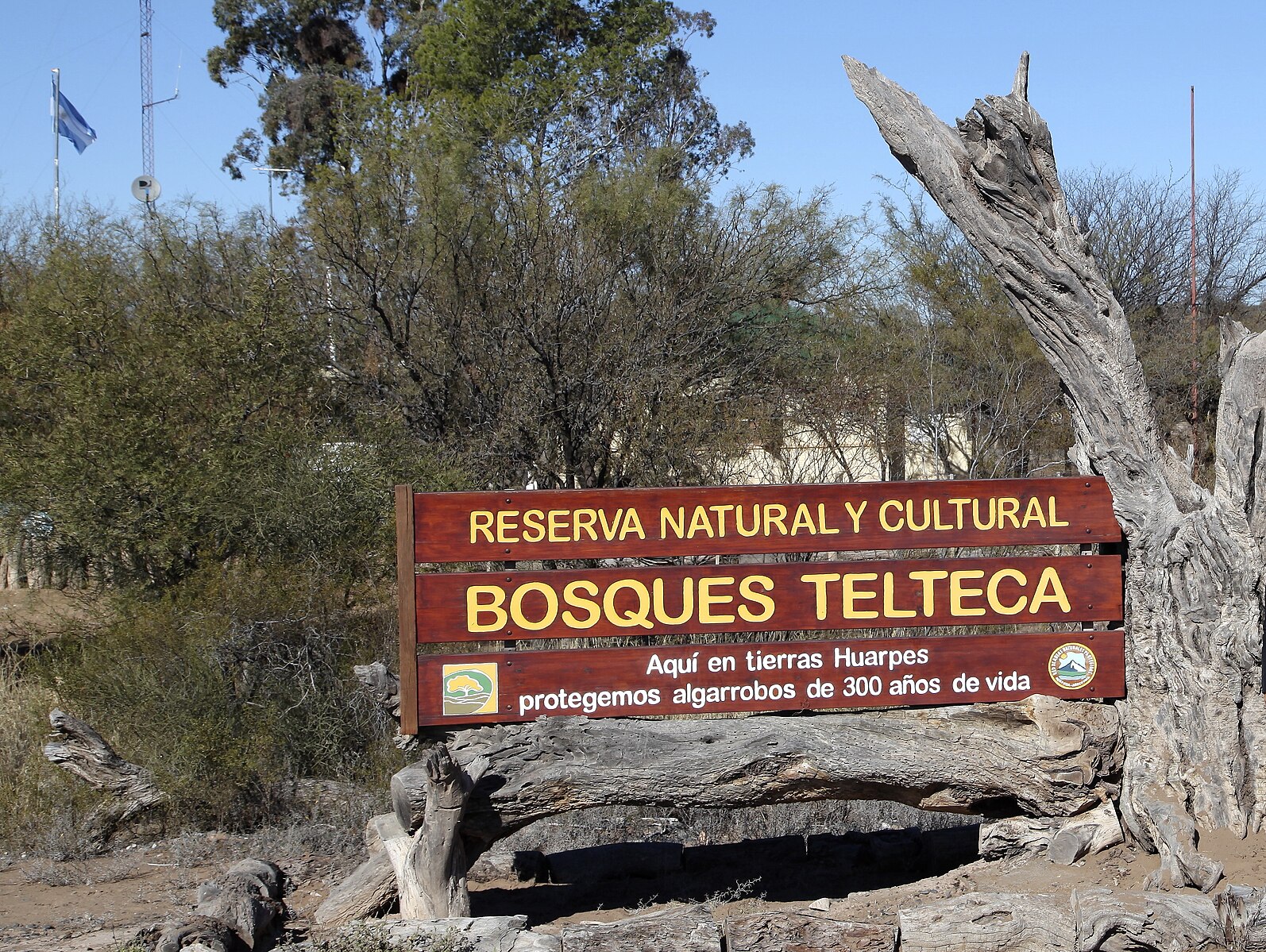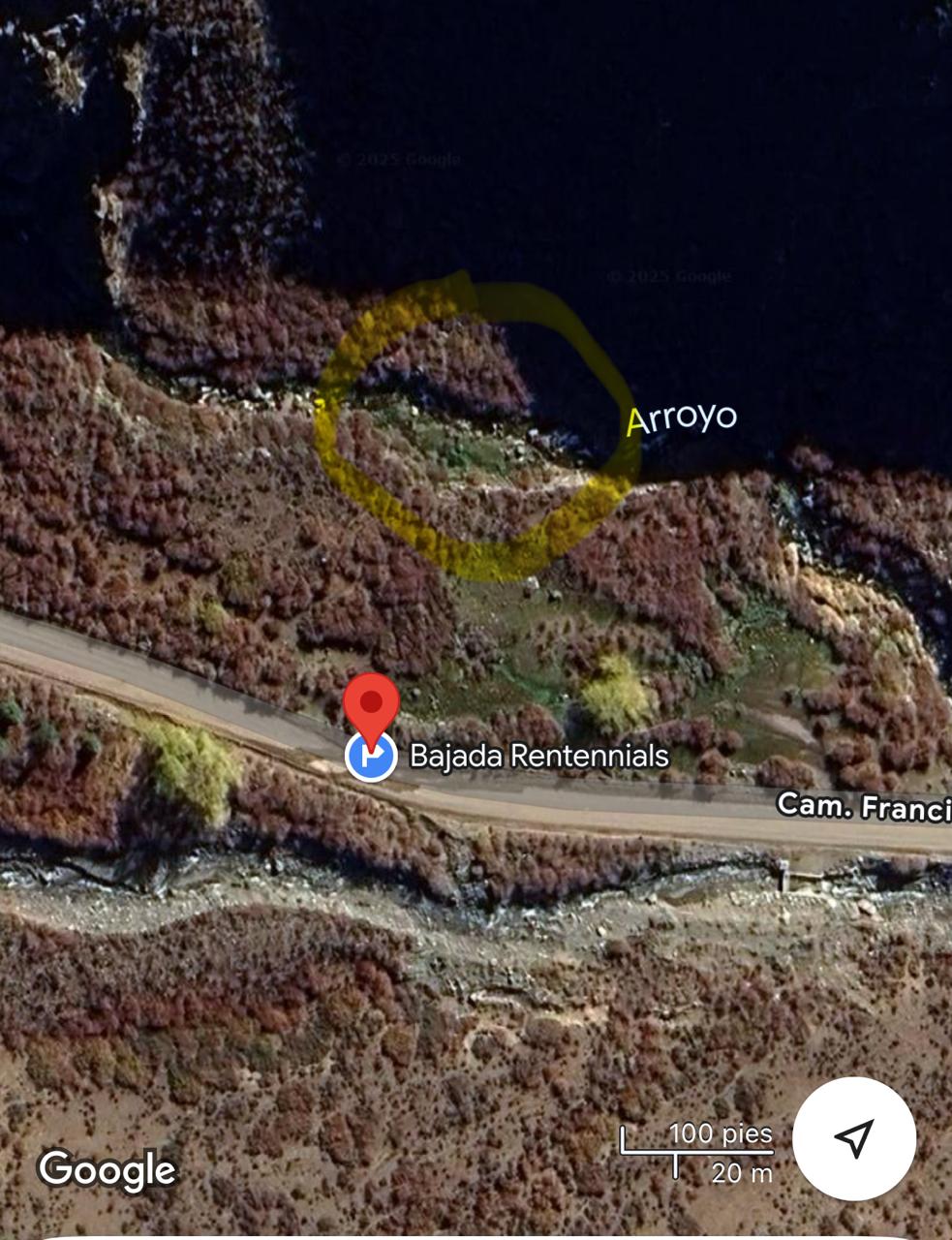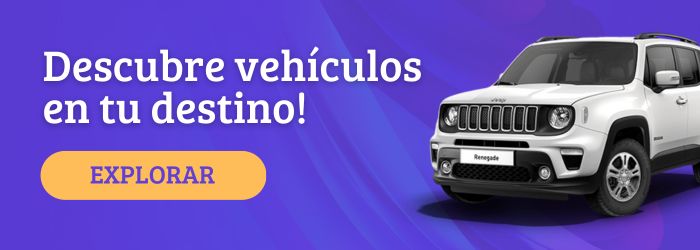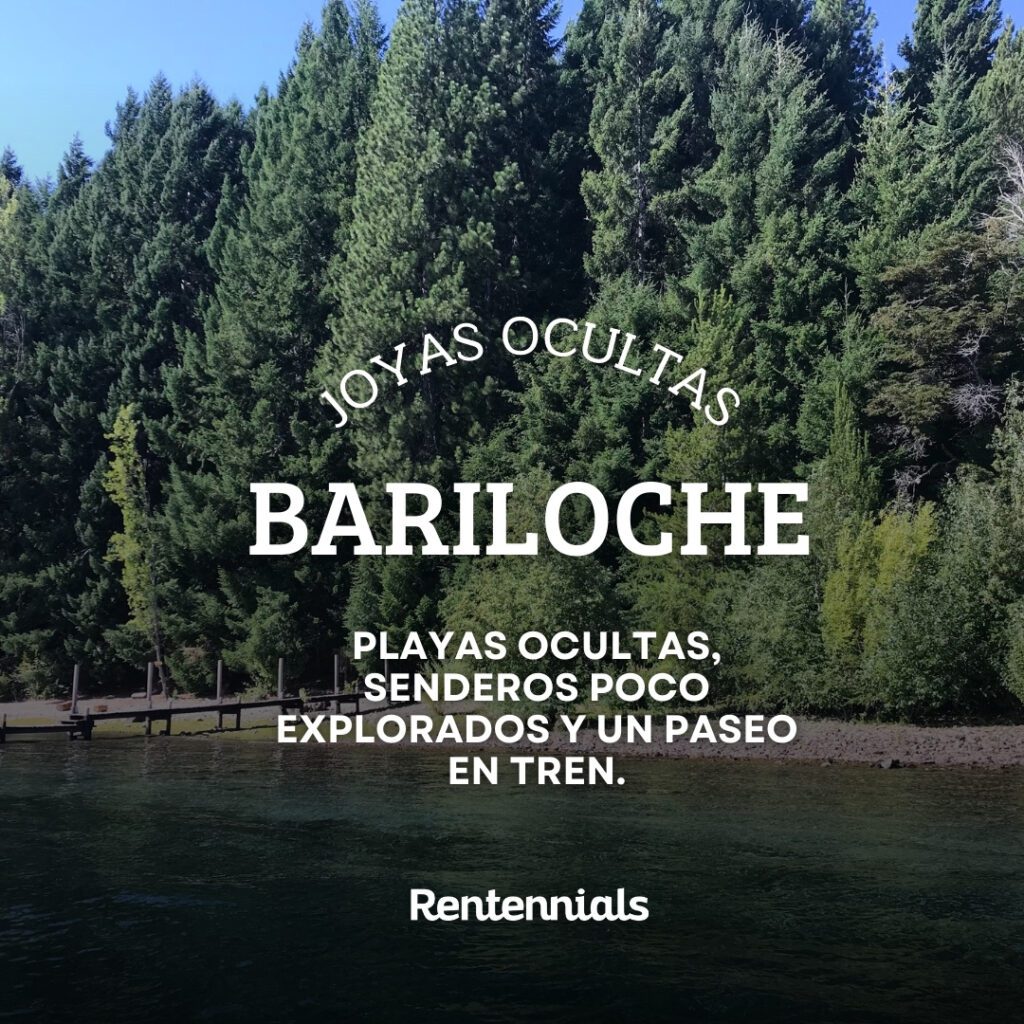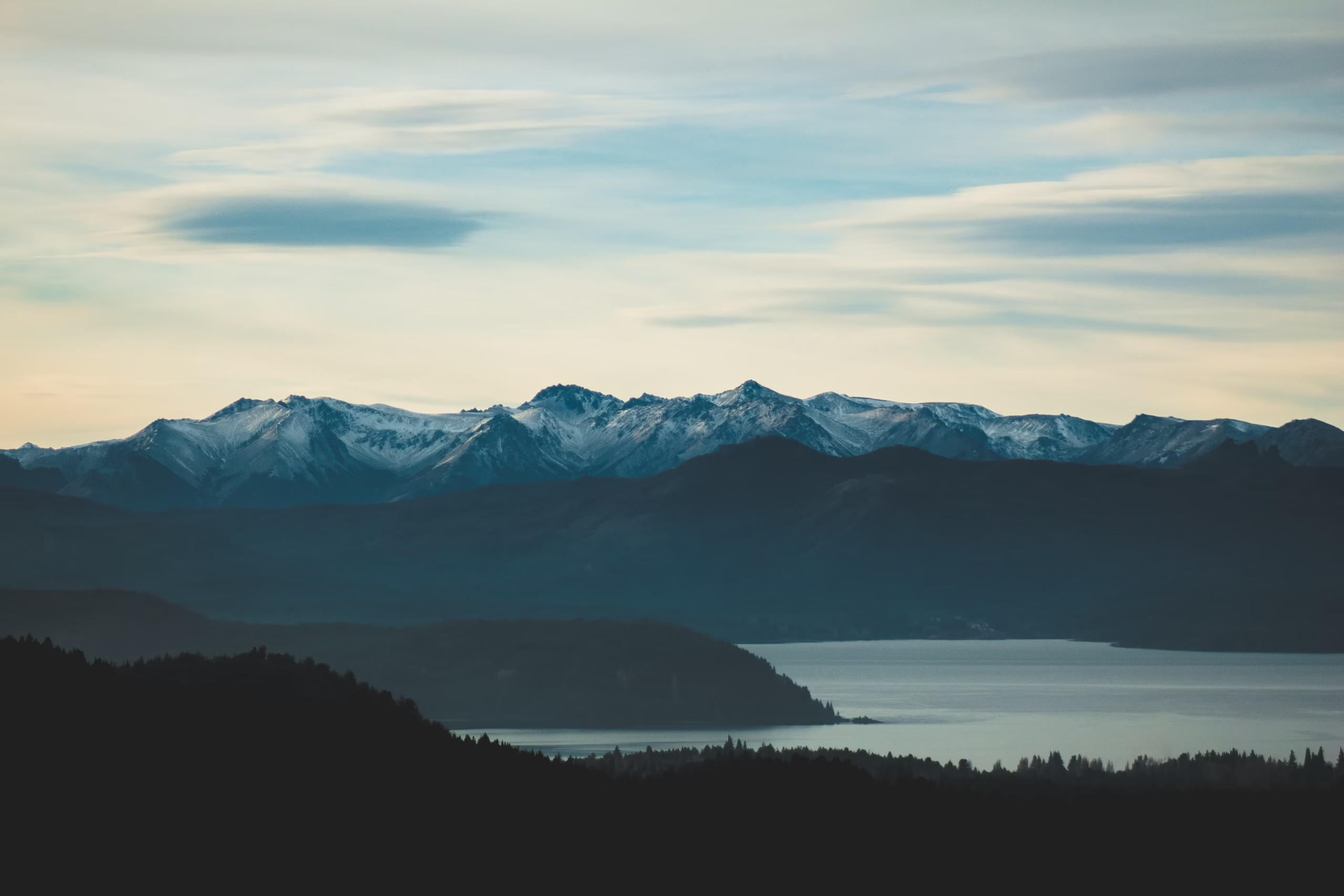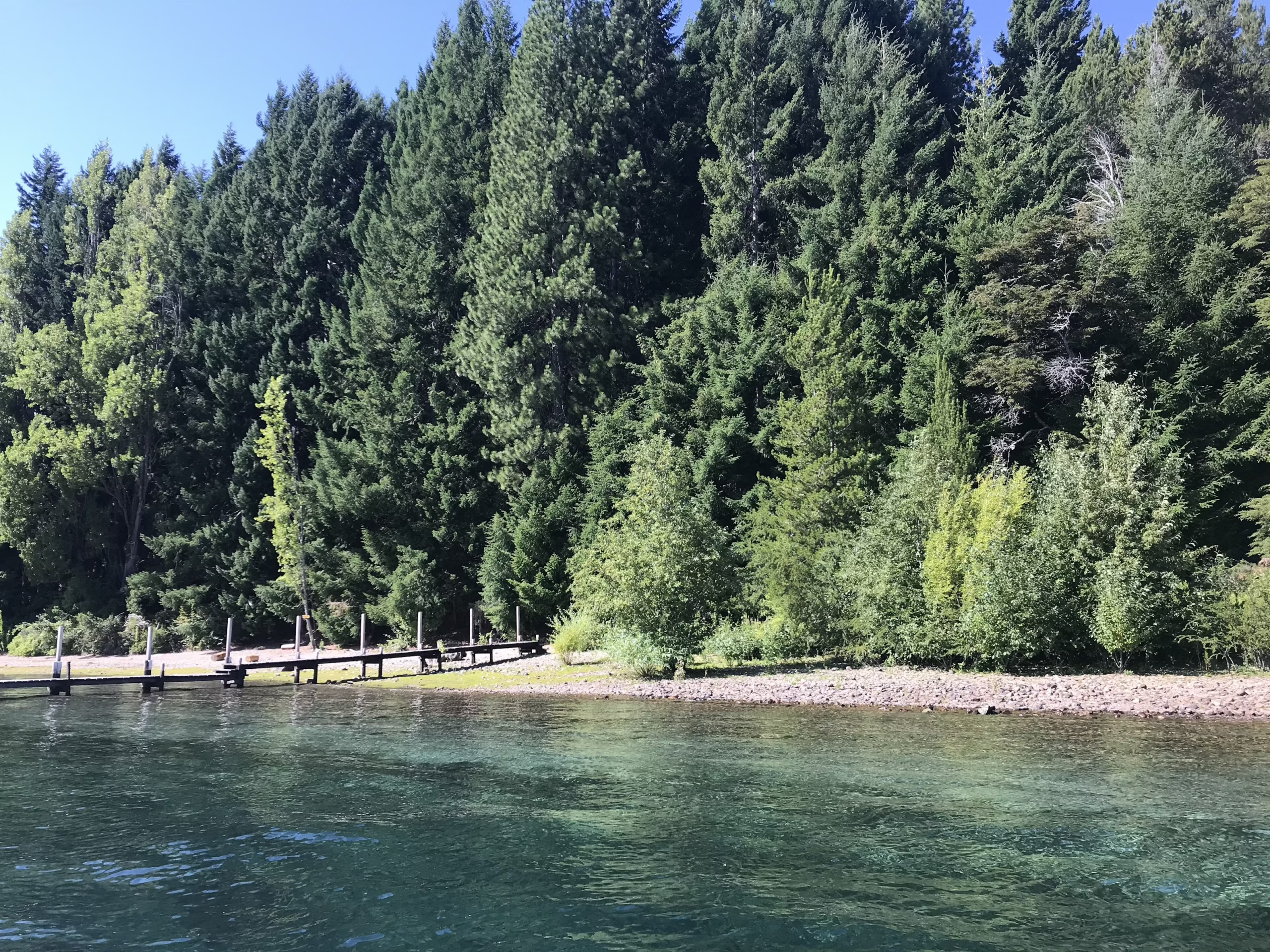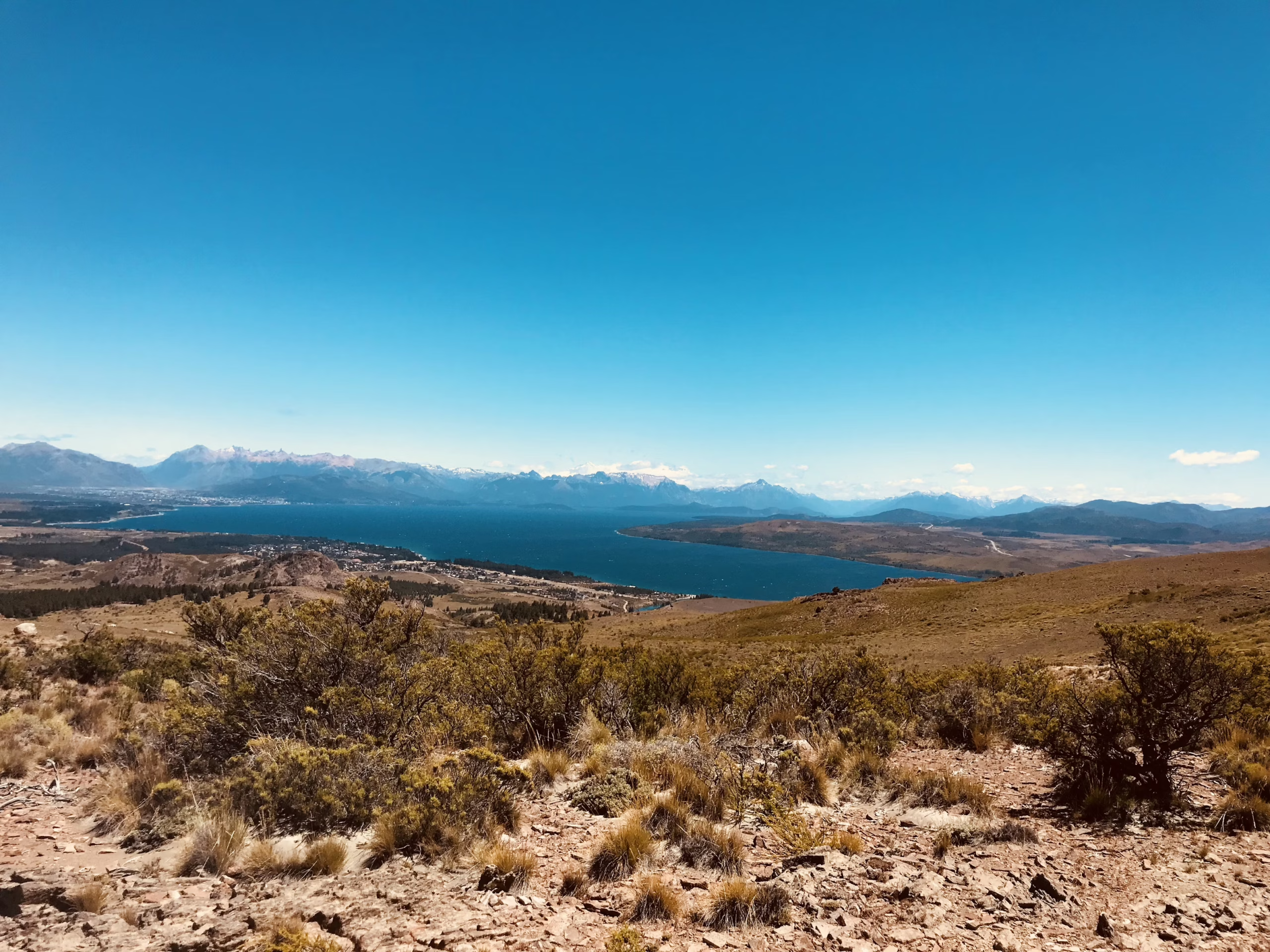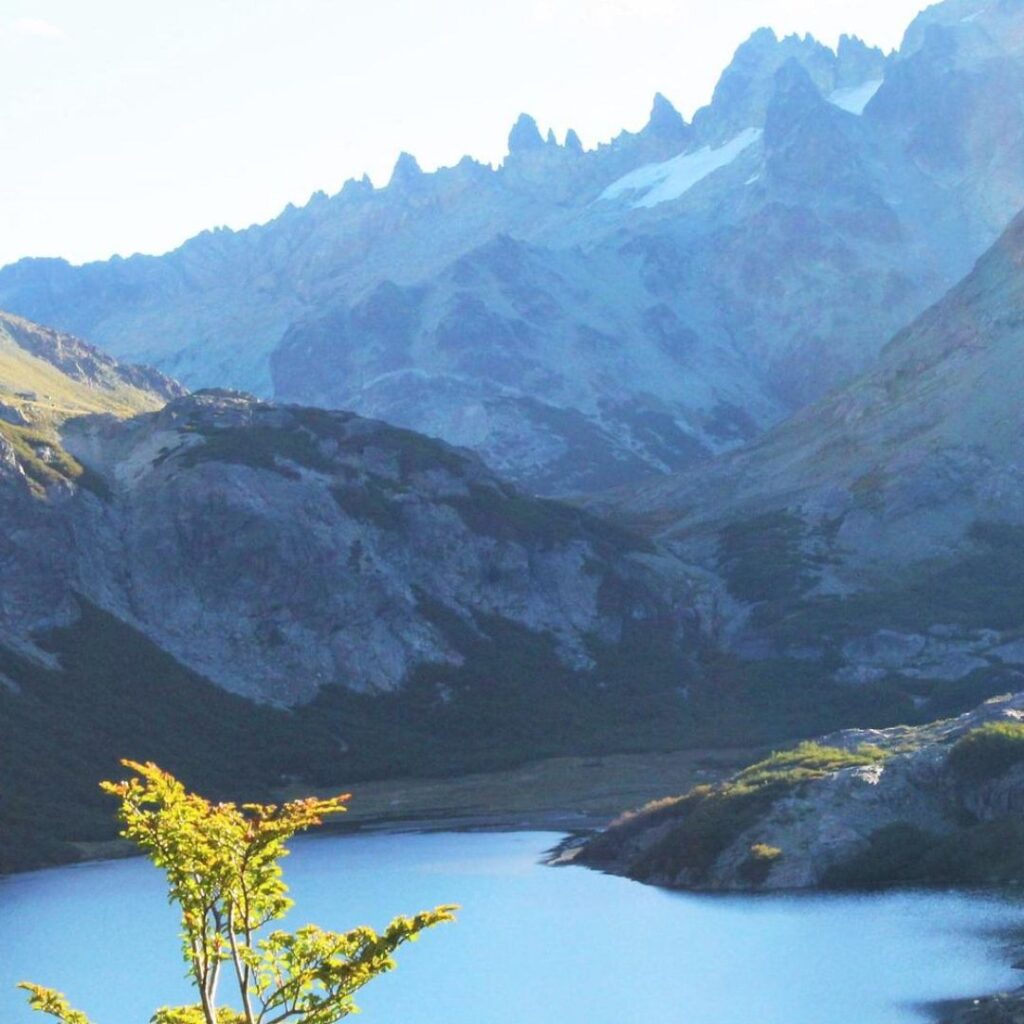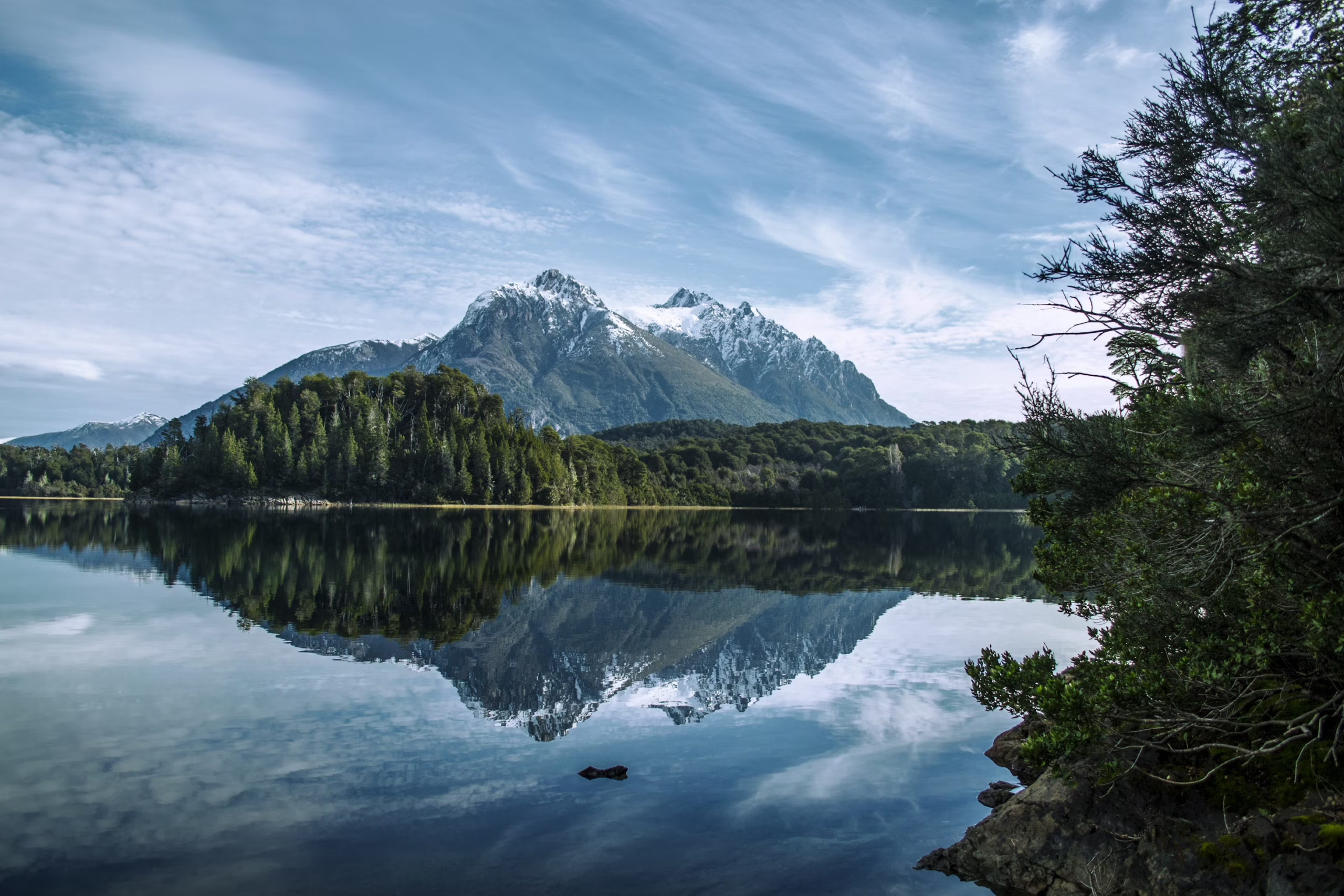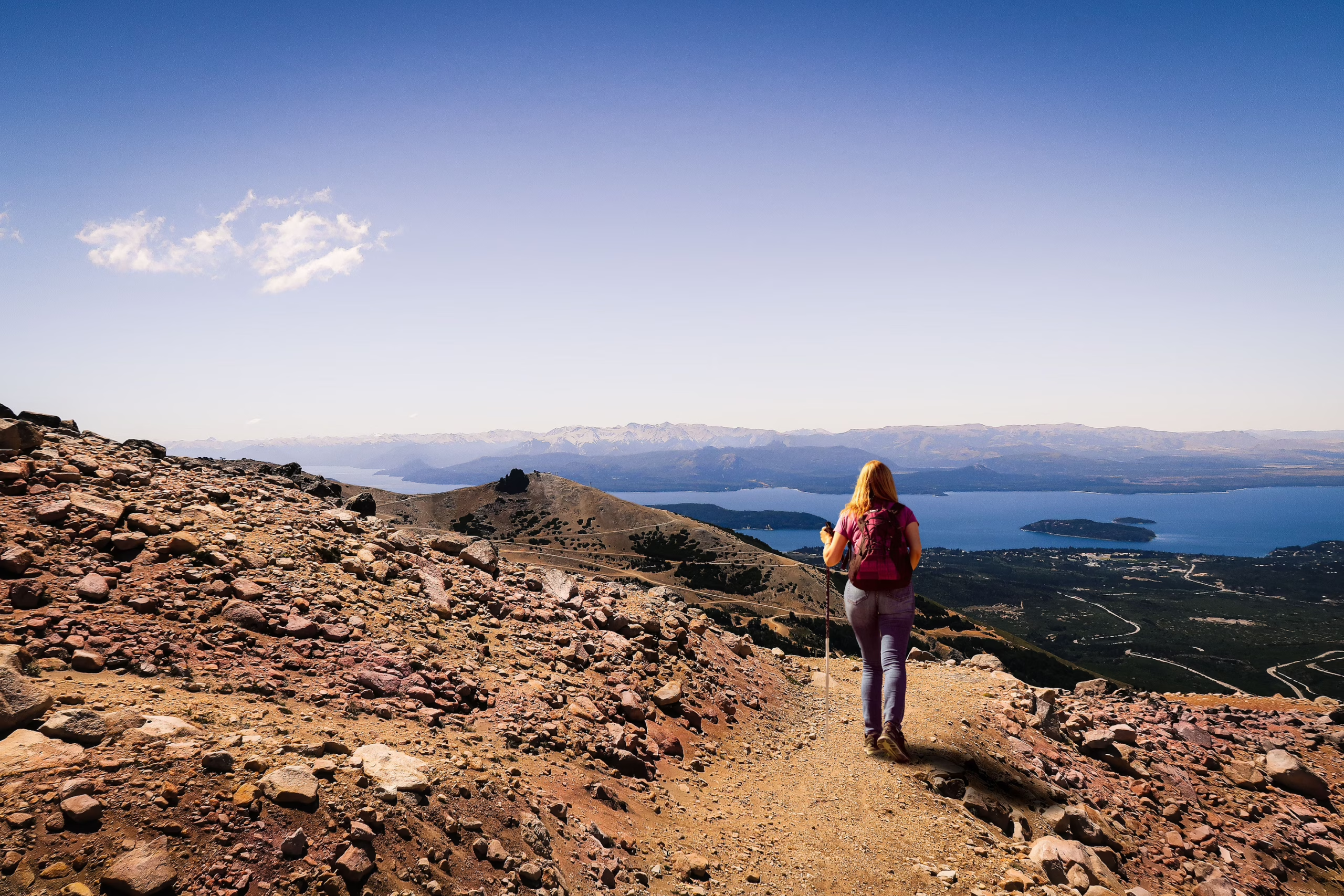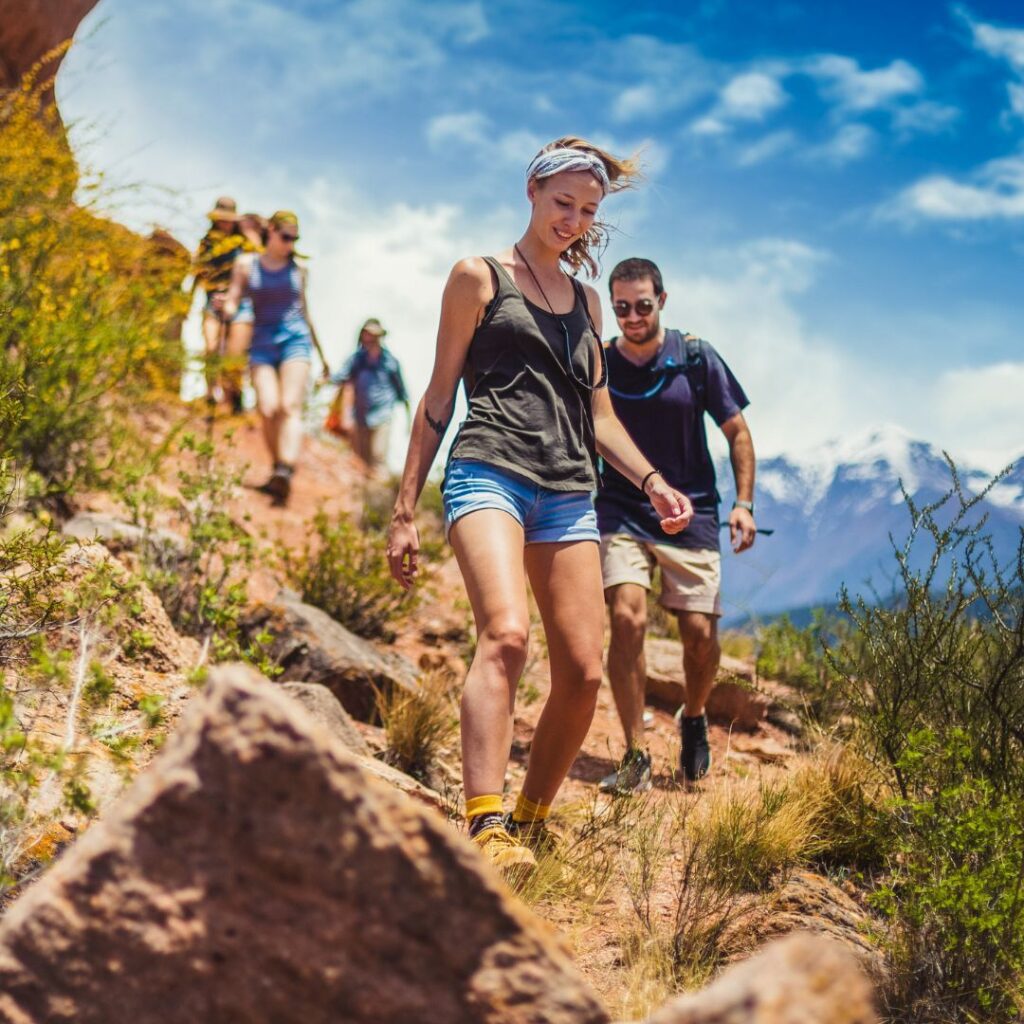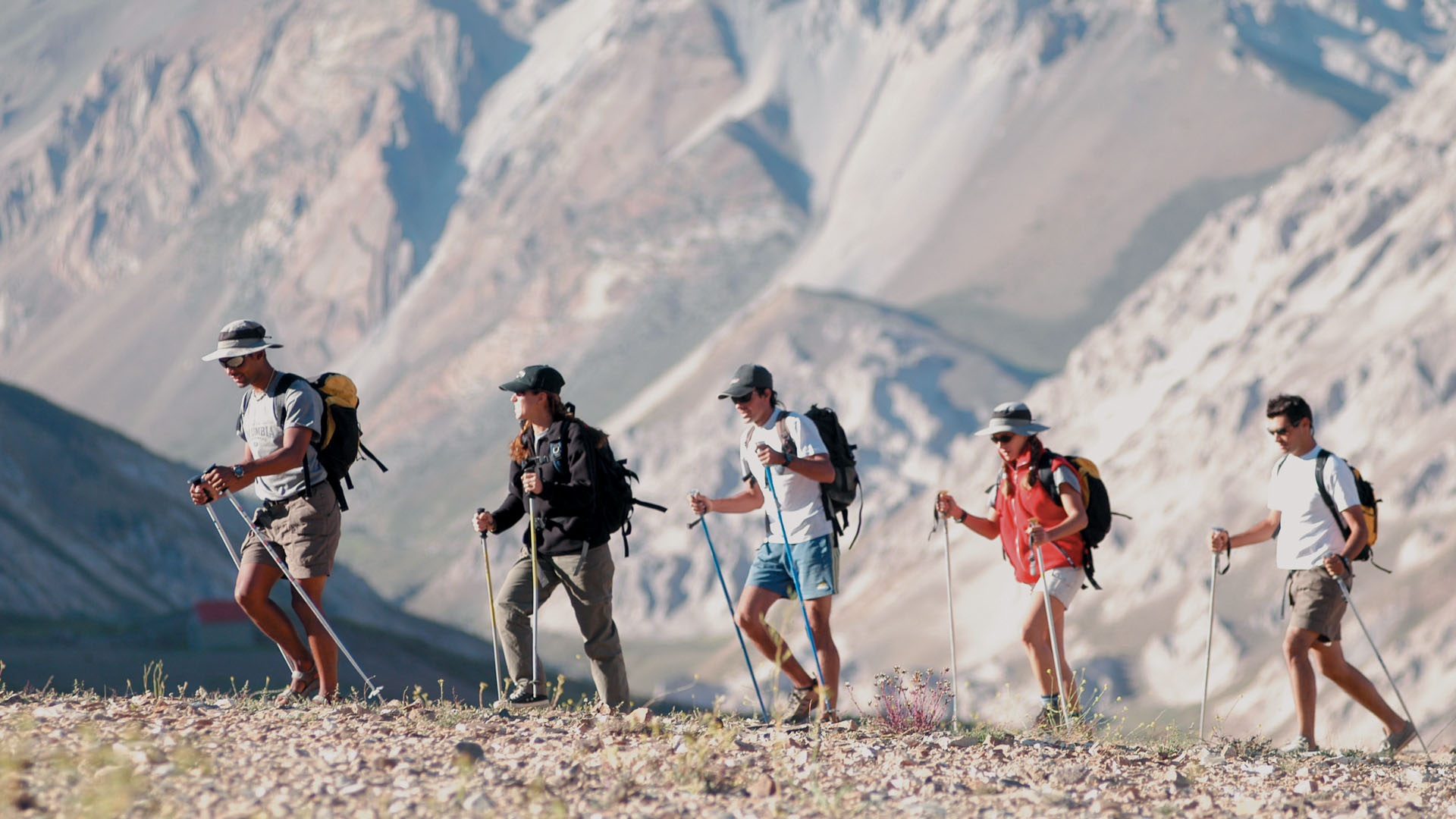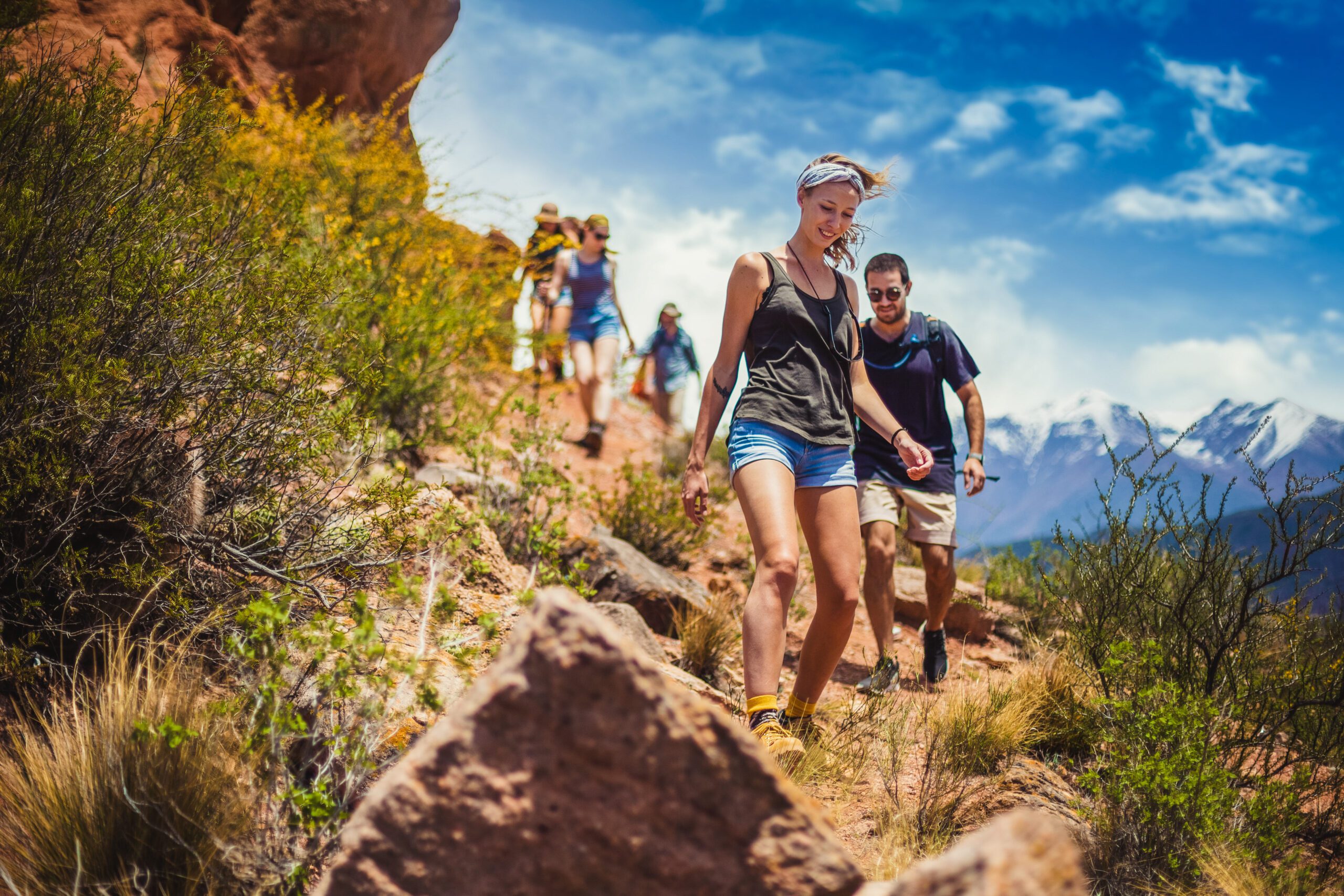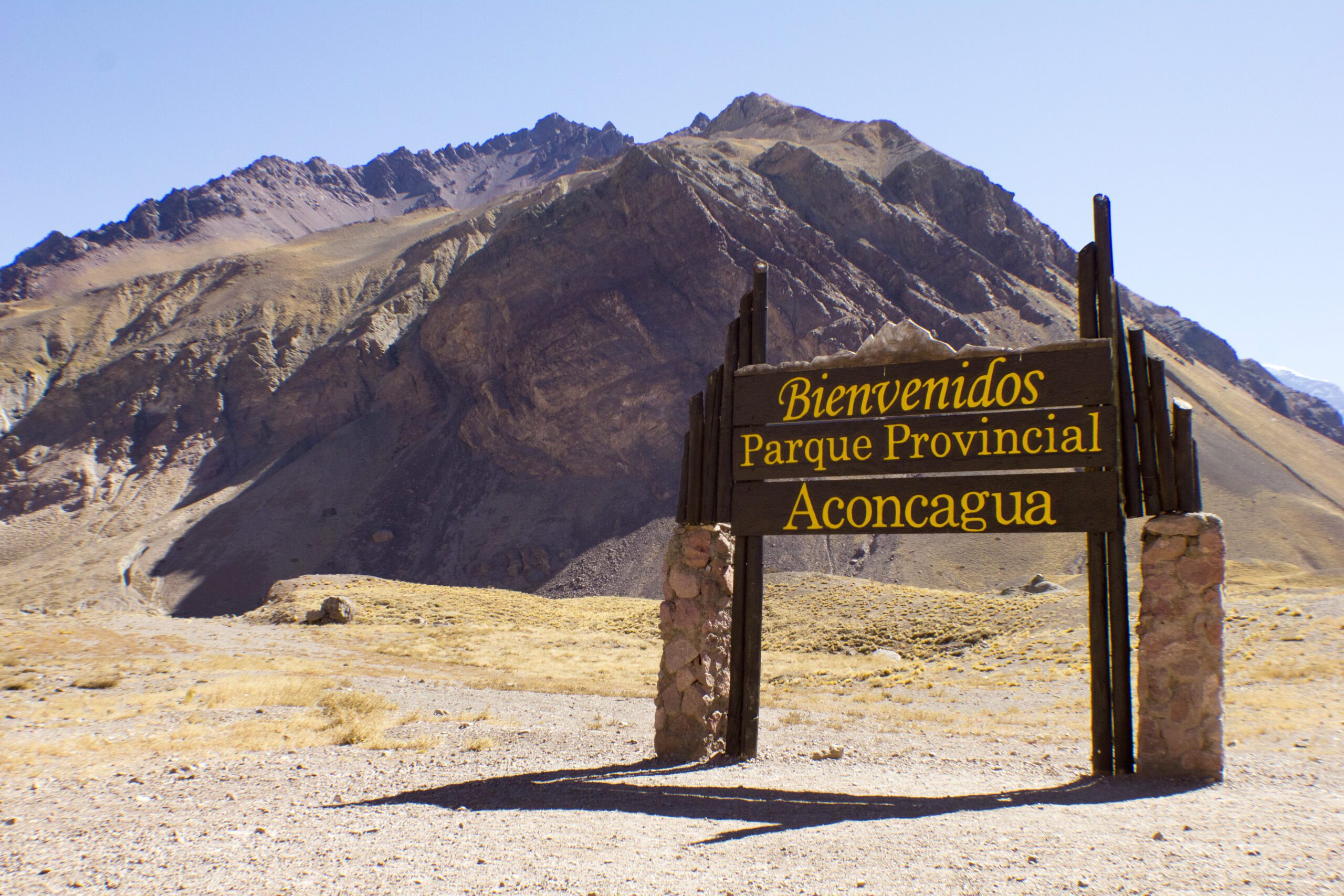Huayna Picchu has reopened for tourism
Huayna Picchu Reopening: Nature, History and Thrill
Great news from Cusco: the iconic Huayna Picchu mountain, located within the archaeological complex of Machu Picchu, reopened to tourists on April 28 following repairs on its main access route. The steep Route 3-A has been restored with reinforced safety features like steel handrails and retaining walls, ensuring a secure and exhilarating experience.
On the first day, more than 300 travelers — both local and international — climbed this spectacular Andean peak. The reopening offers a renewed chance to discover this sacred site through a one-of-a-kind hiking experience.
Huayna Picchu: One of the World’s Most Incredible Hikes
Towering at over 2,700 meters above sea level, Huayna Picchu is among the most sought-after adventures within Machu Picchu’s park. The challenging climb offers unmatched panoramic views and deep immersion in Inca heritage.
The paths were carved centuries ago by the Incas and continue to impress visitors today. The trail features narrow paths, stone stairs, and jungle sections that demand physical stamina and focus. Trekking experience is not mandatory, but good fitness is key.
At the summit lies the mystical Temple of the Moon (also known as the Great Cavern), a hidden ceremonial space. Along the way, hikers can also access iconic sites like the Sacred Rock, Temple of the Condor, Water Mirrors, and more.
Key Info for Visiting Huayna Picchu
- Only 200 visitors are allowed daily, so book 3–4 months in advance.
- The hike is of moderate to high difficulty and takes around 1.5 hours round trip.
- Minimum age: 12 (must be accompanied by an adult).
- Total visit time for Machu Picchu + Huayna Picchu: 6 hours.
- Guides are optional, though highly recommended.
Travel Freely, Explore More: Rent a Car with Rentennials
Want to explore Peru at your own pace? With Rentennials, you can rent cars directly from real people in Cusco, Lima, and other Peruvian cities. Our peer-to-peer carsharing platform gives you total freedom — skip the tour schedules and travel
We are Rentennials
Rentennials is the new way to rent cars from local hosts in your city, quickly, easily, and affordably. It's also your new path to starting your own car rental business and making money every month.
Discover more.
